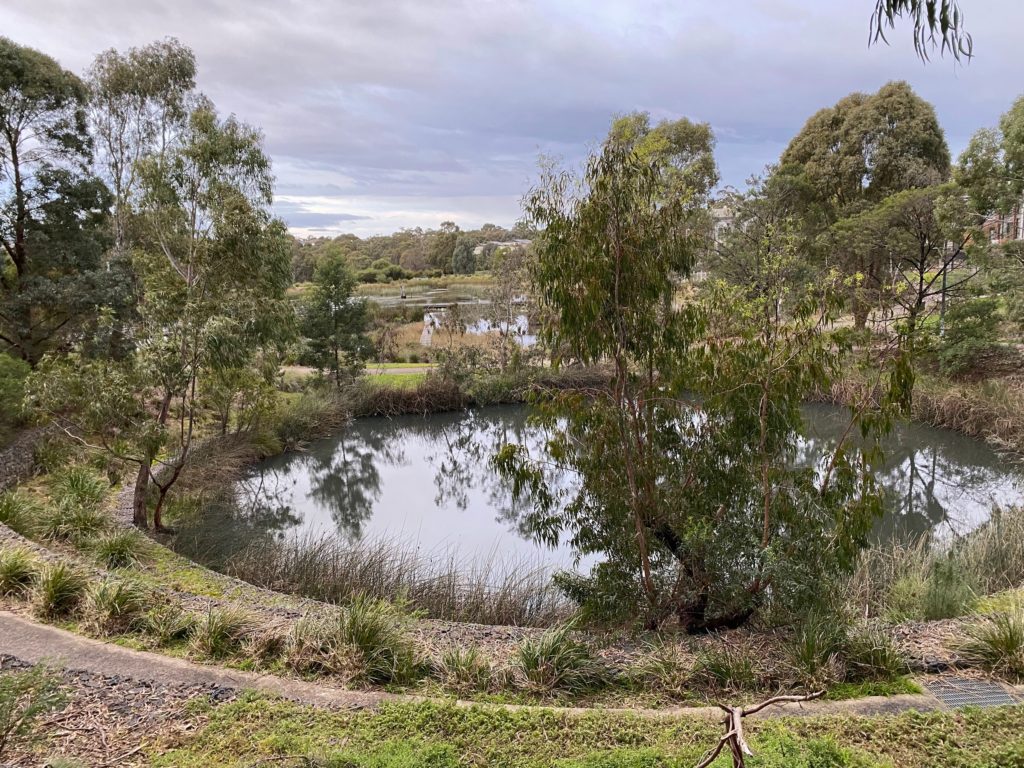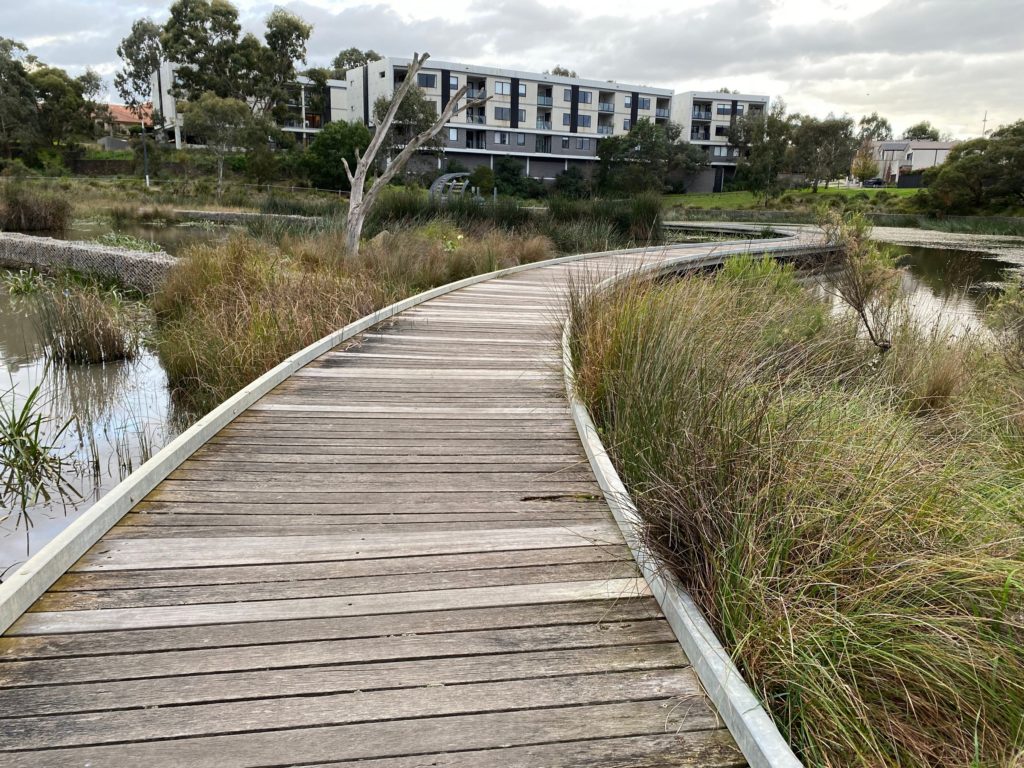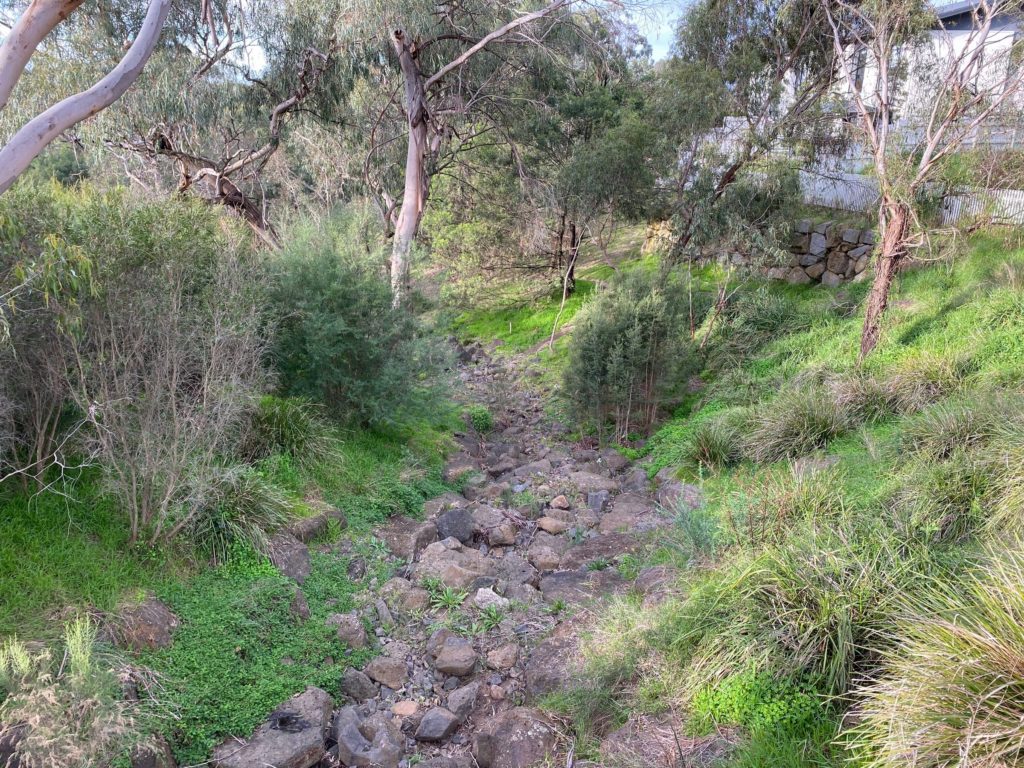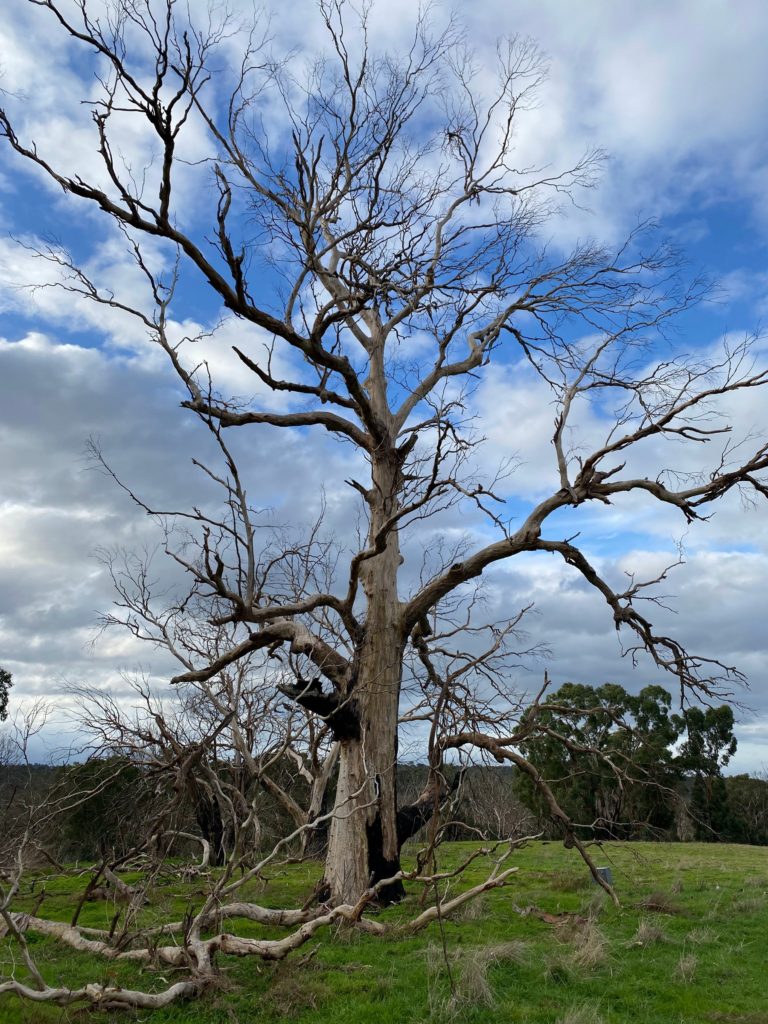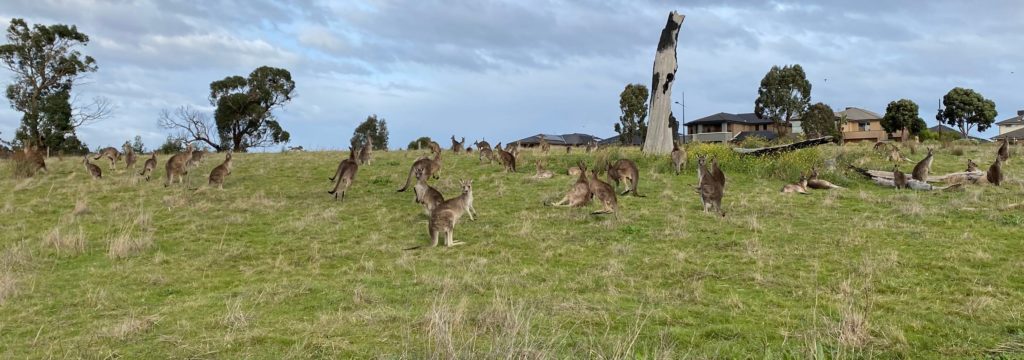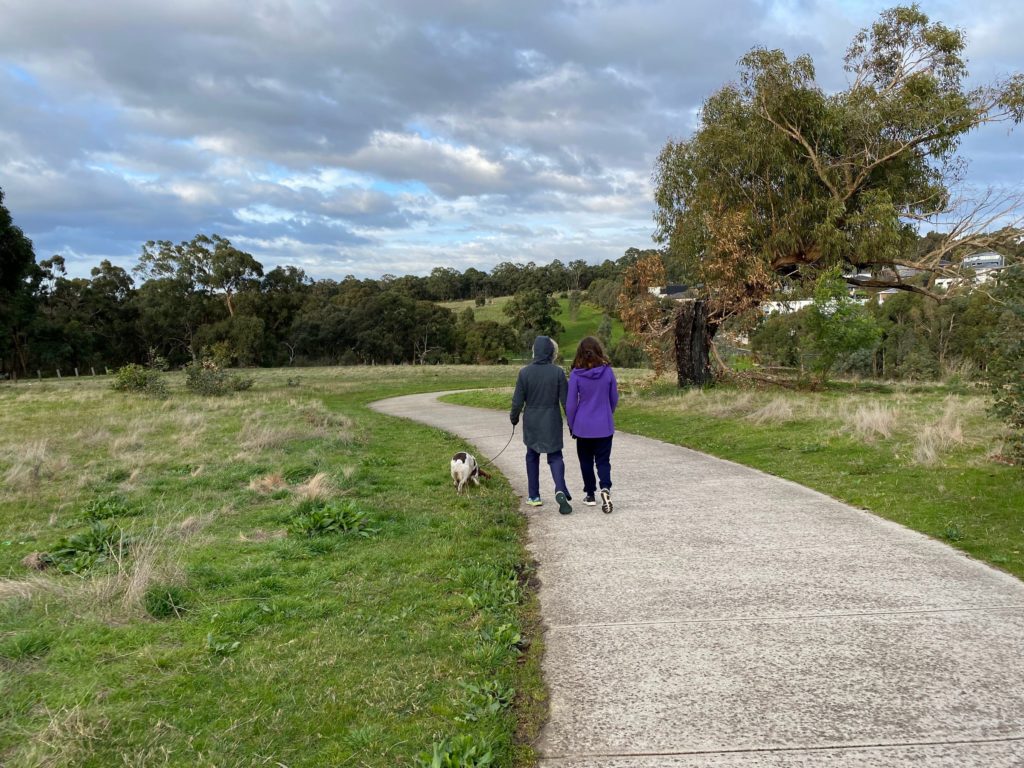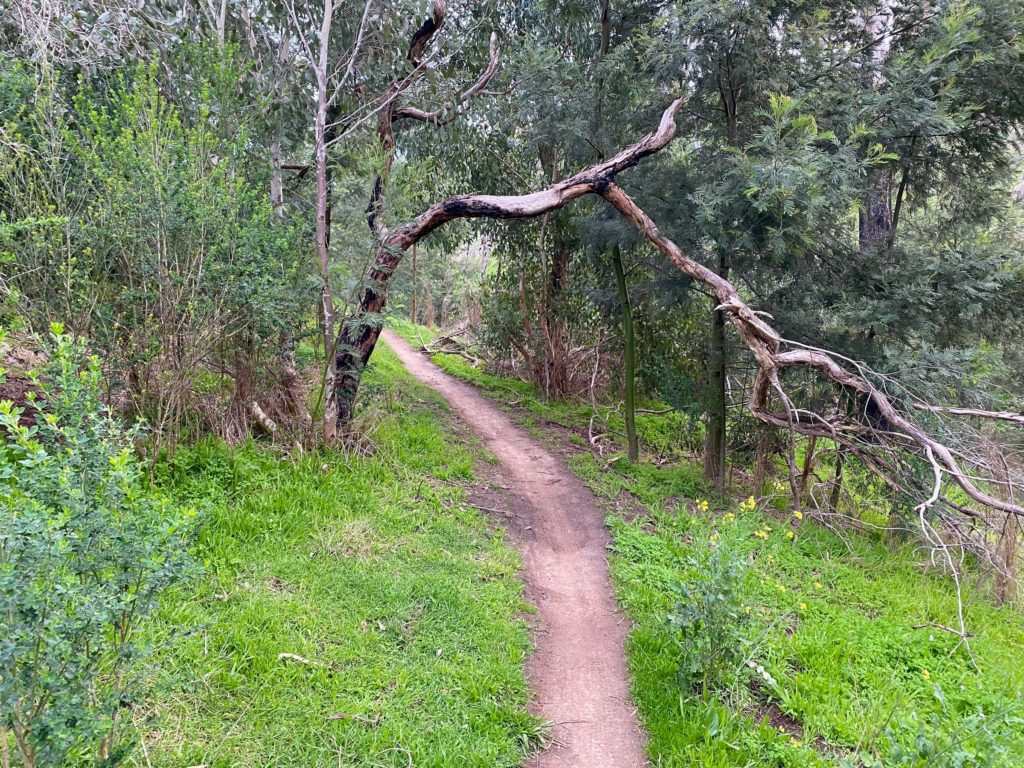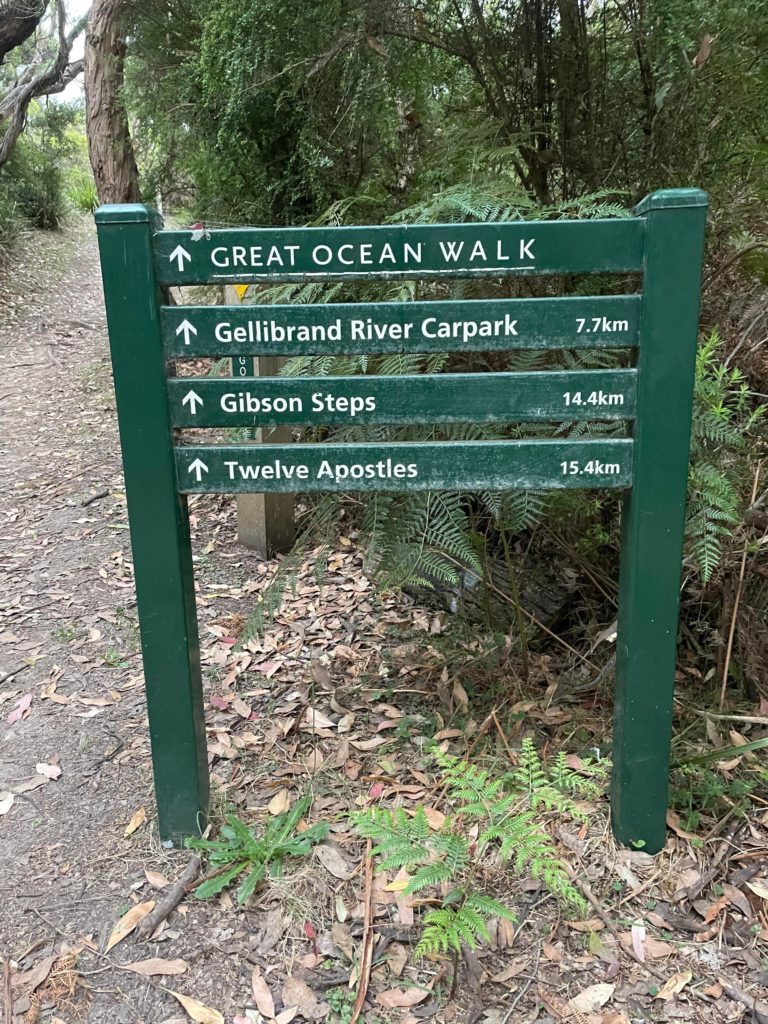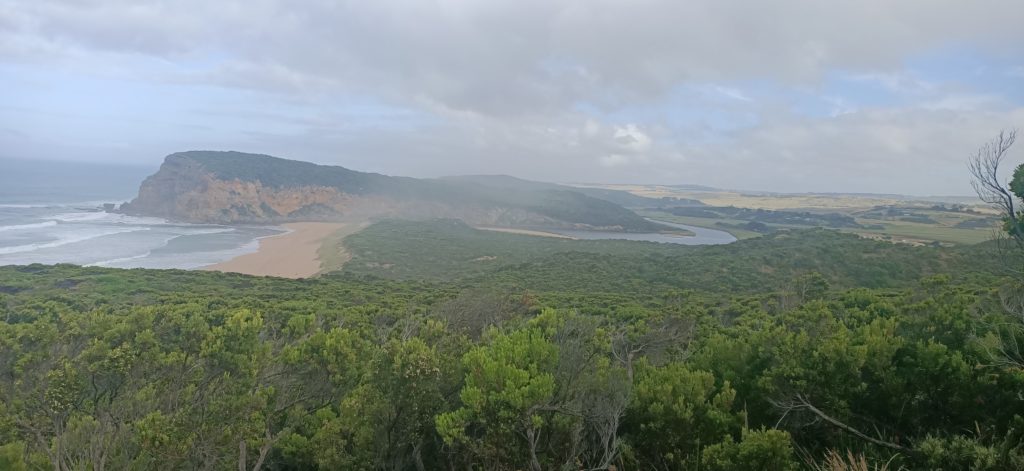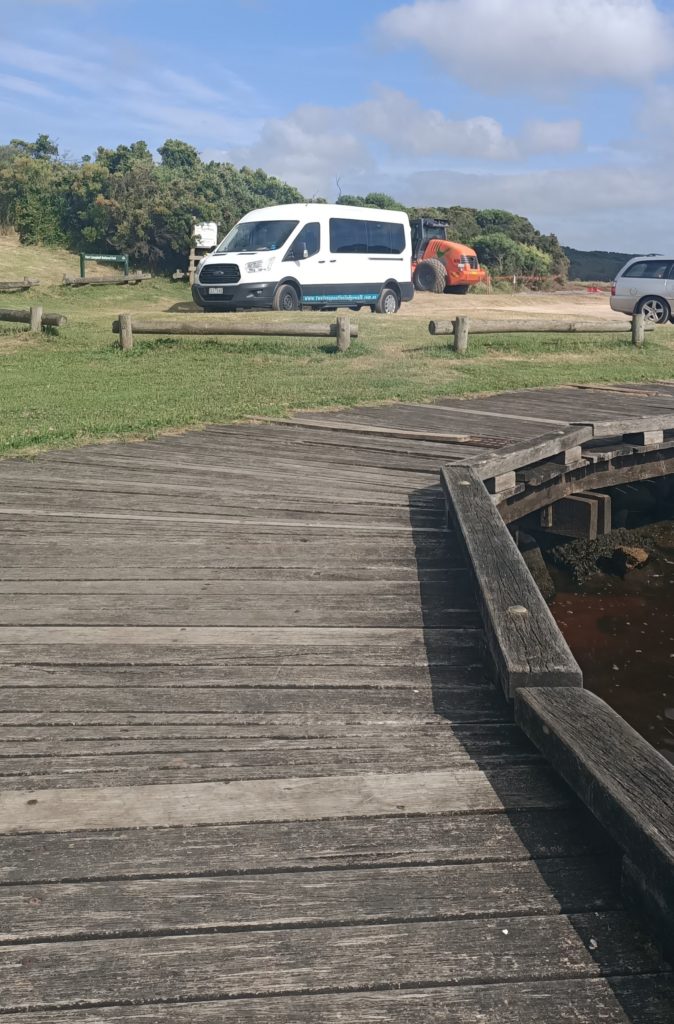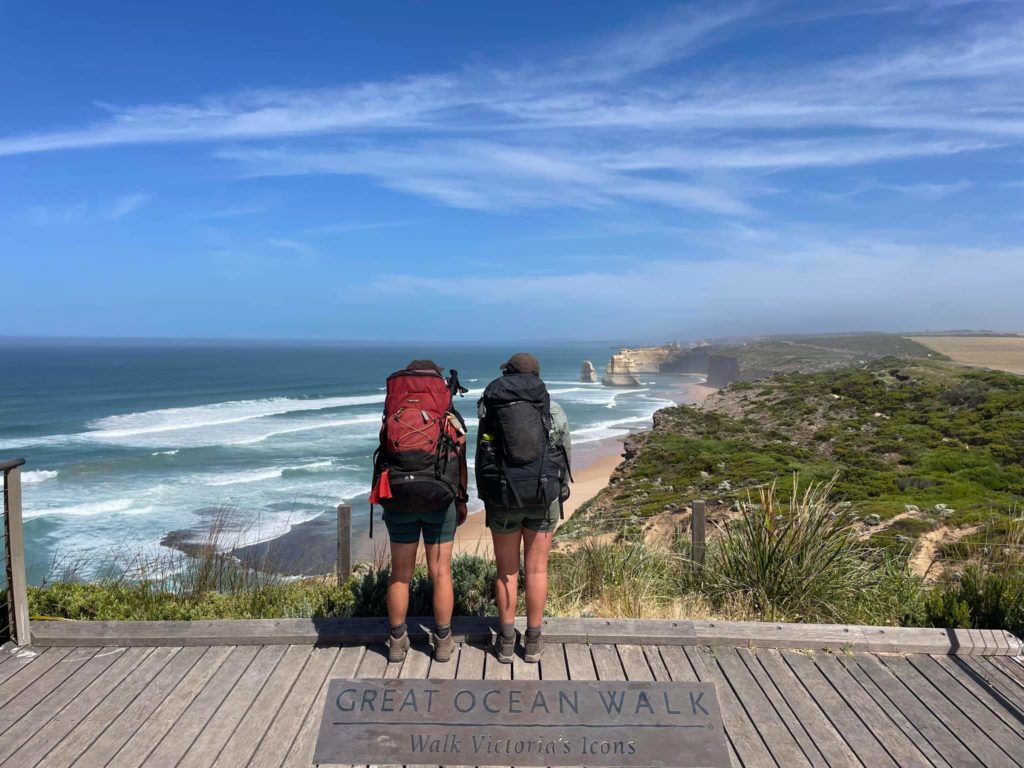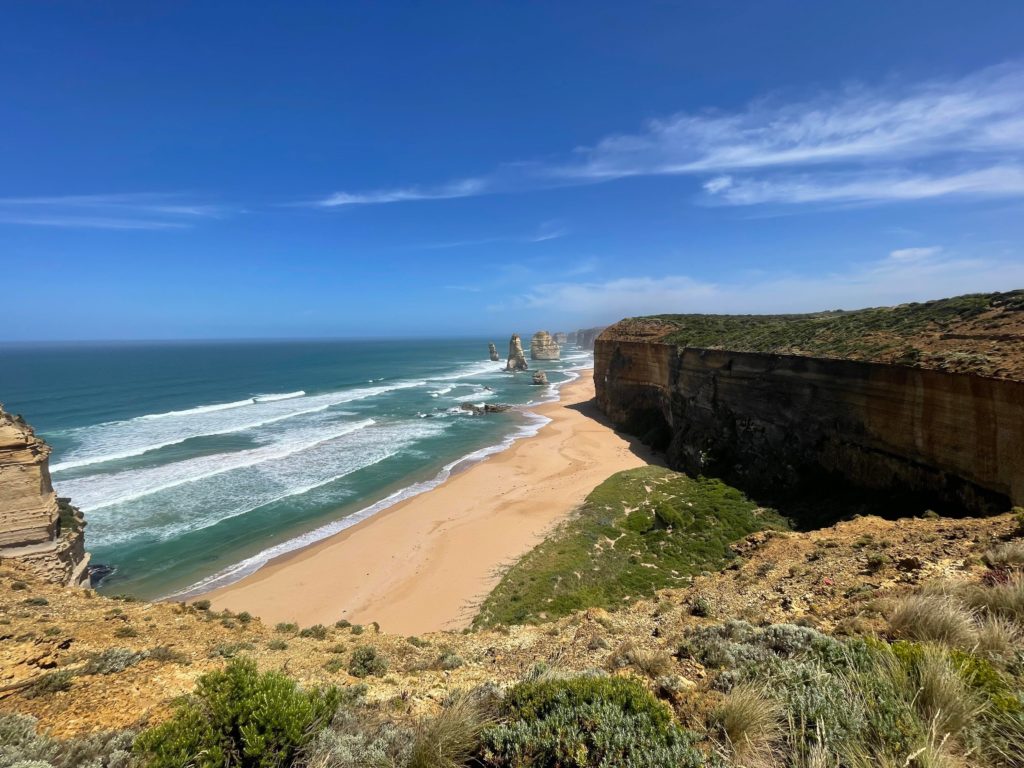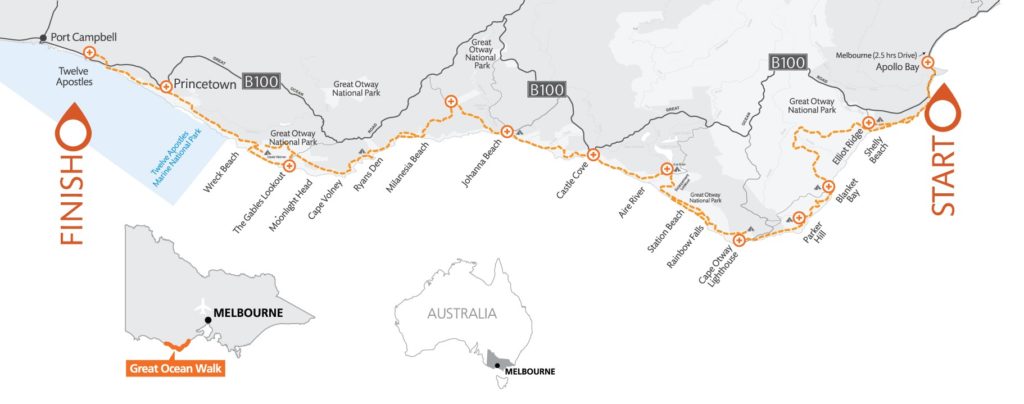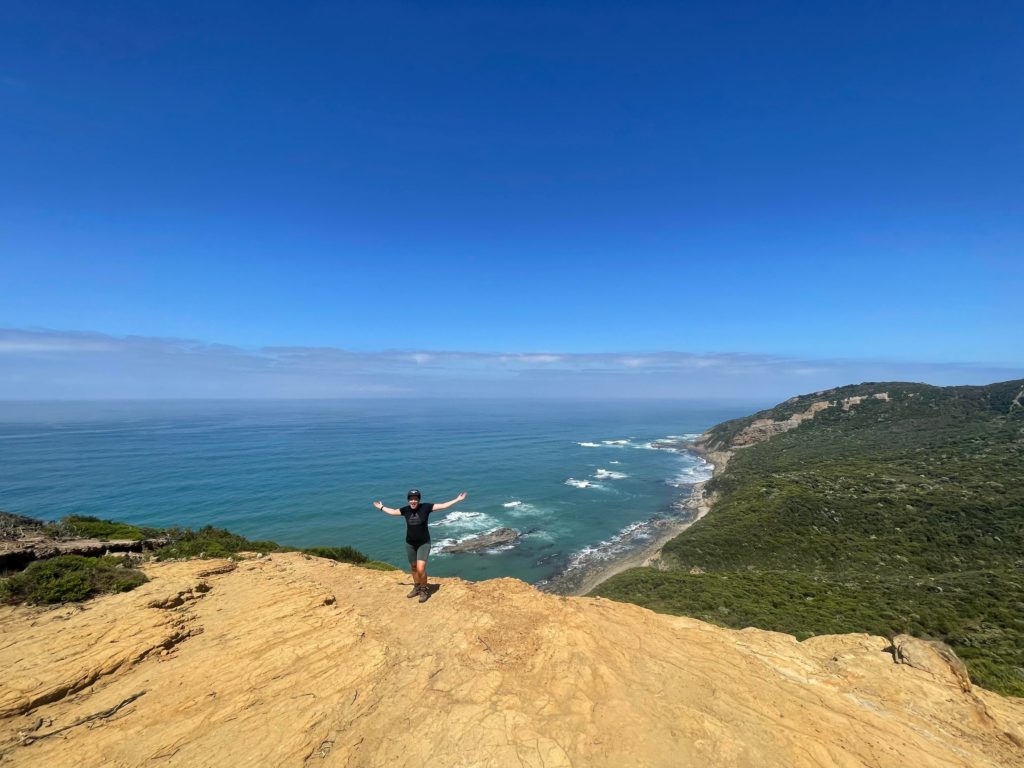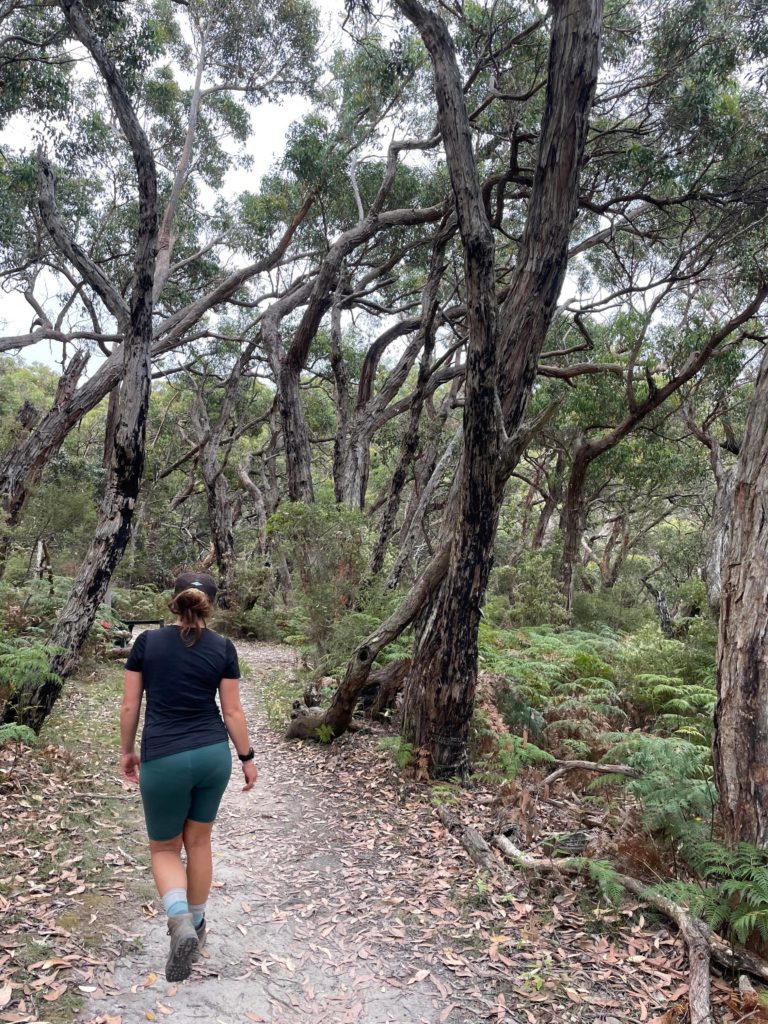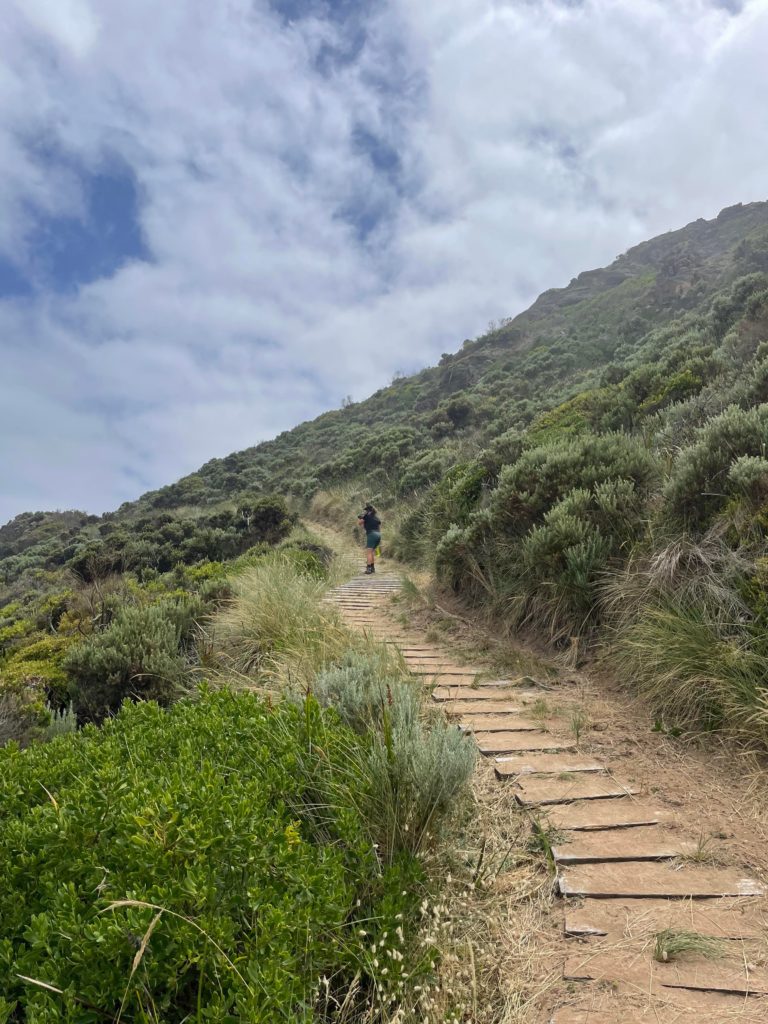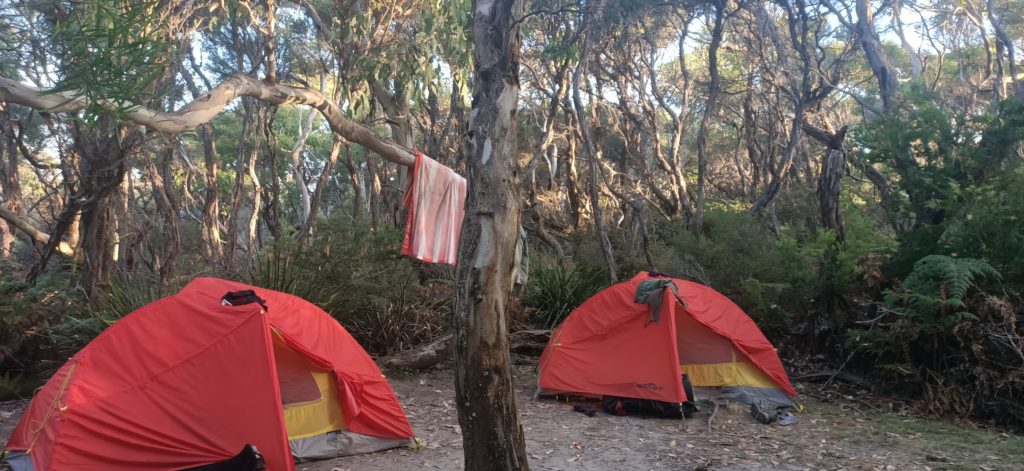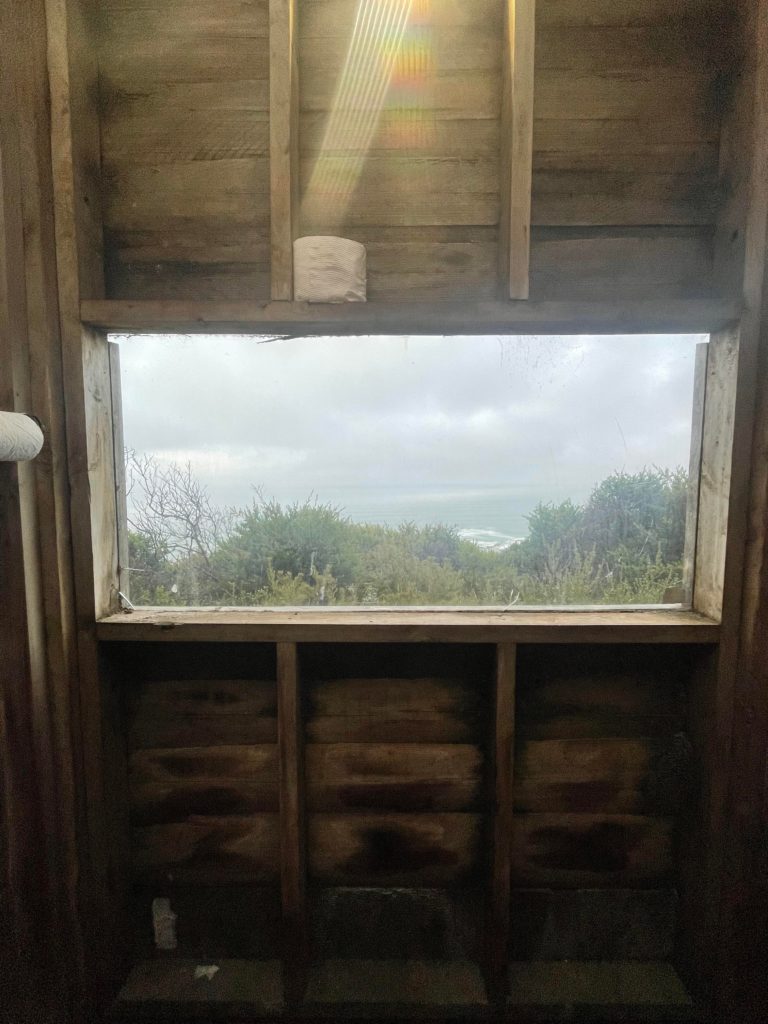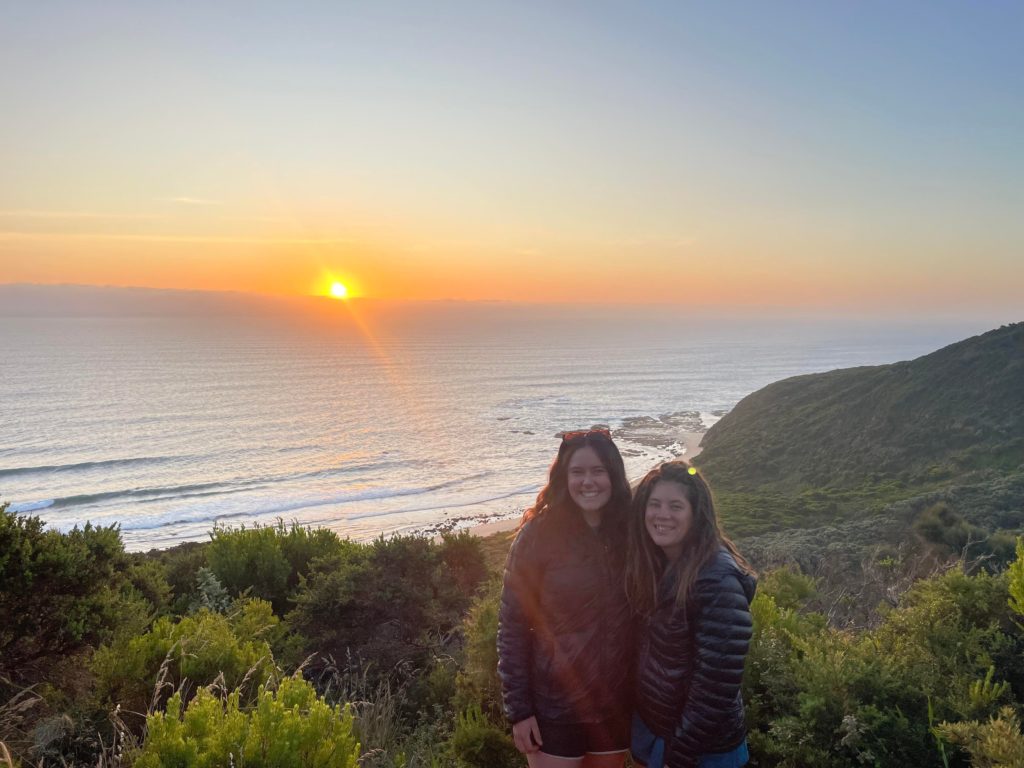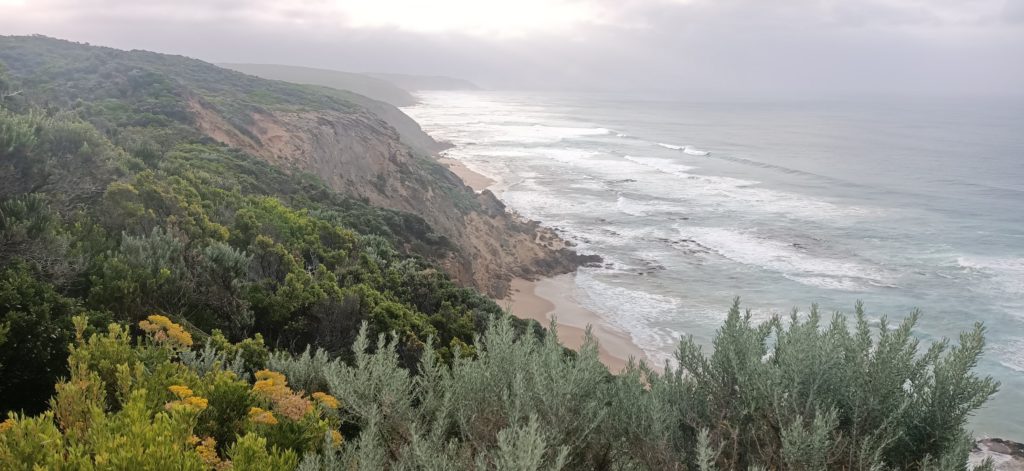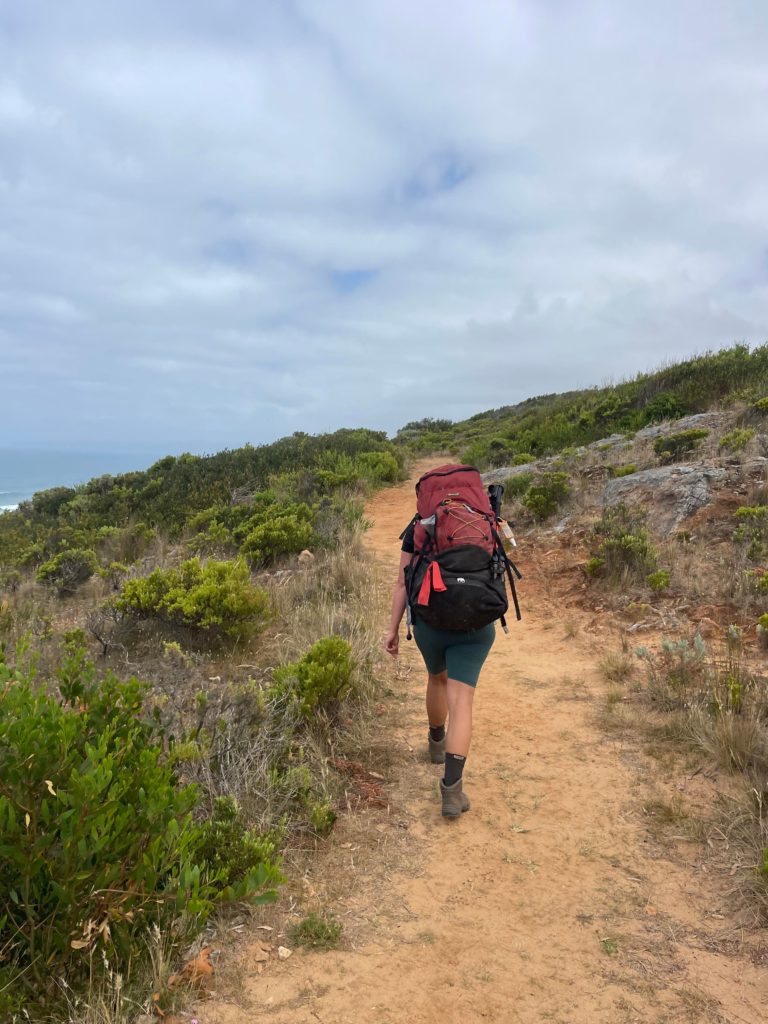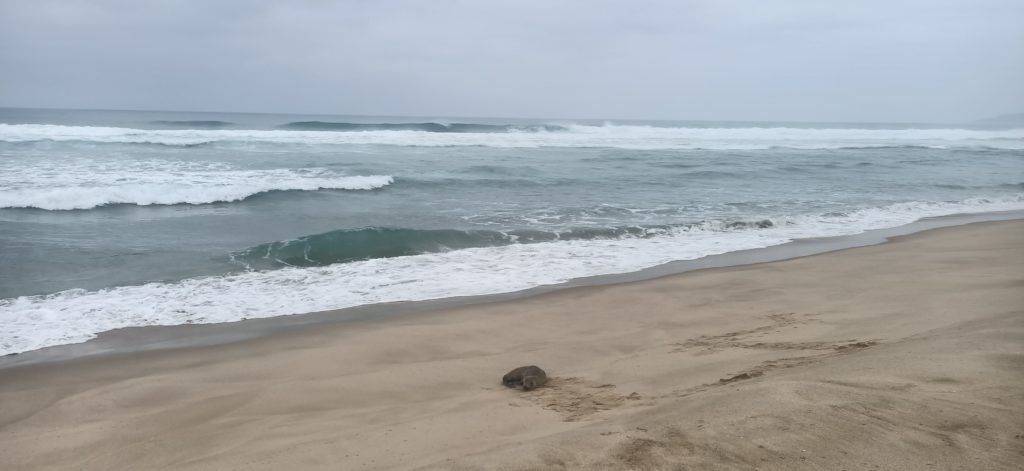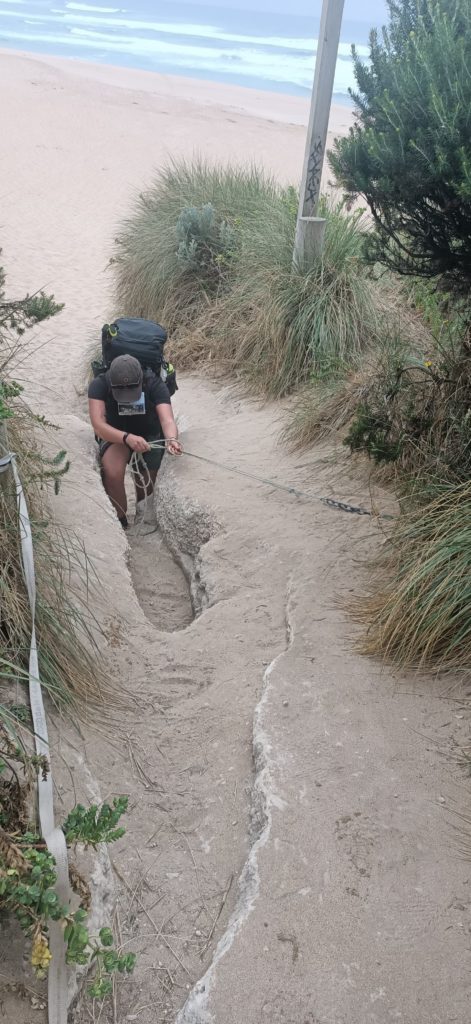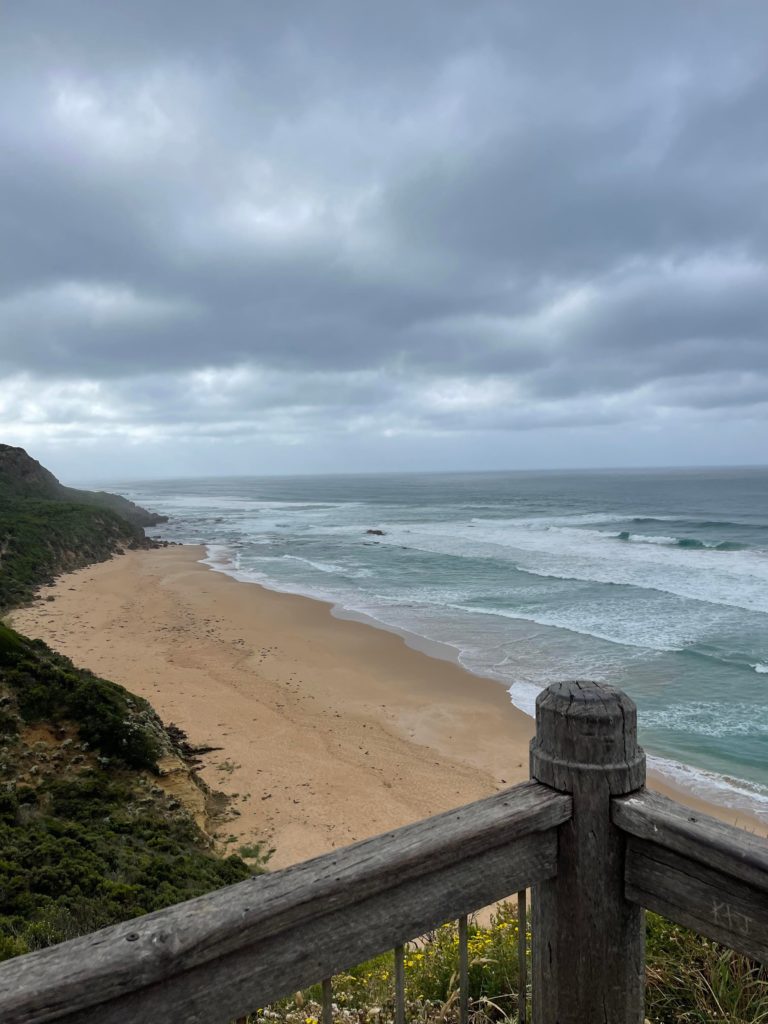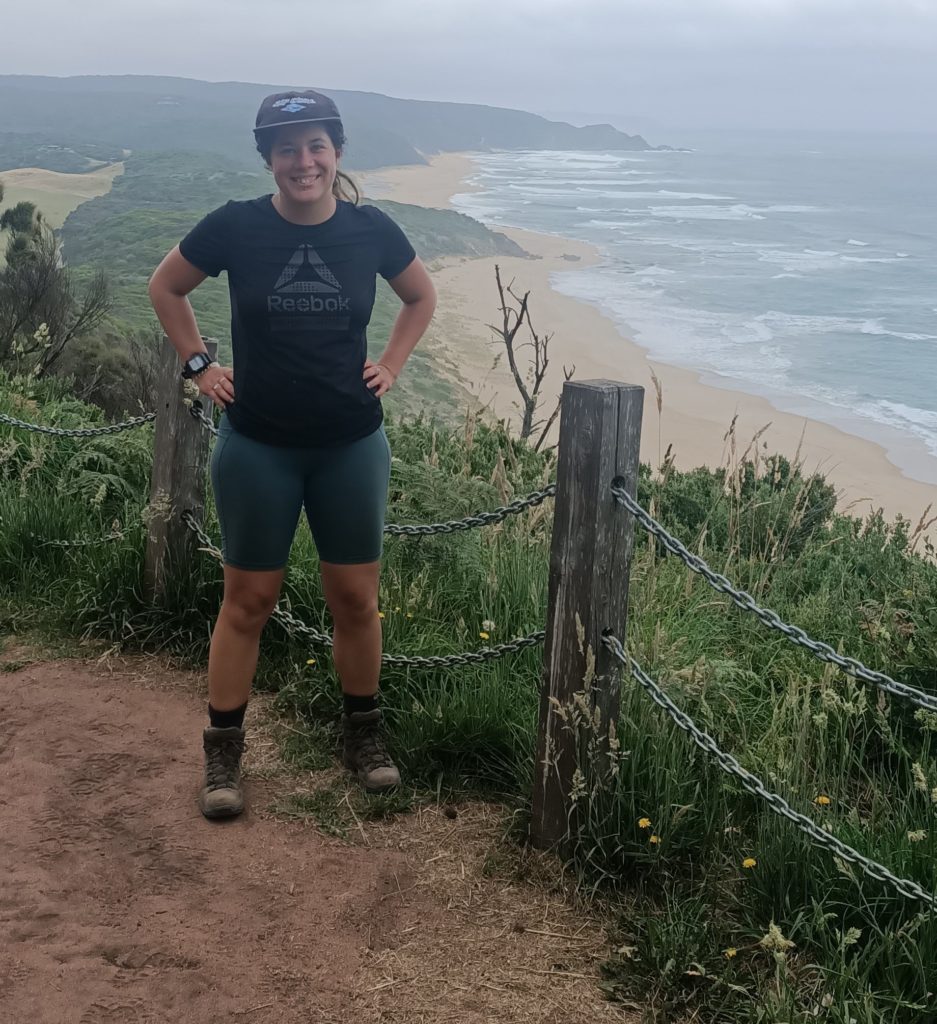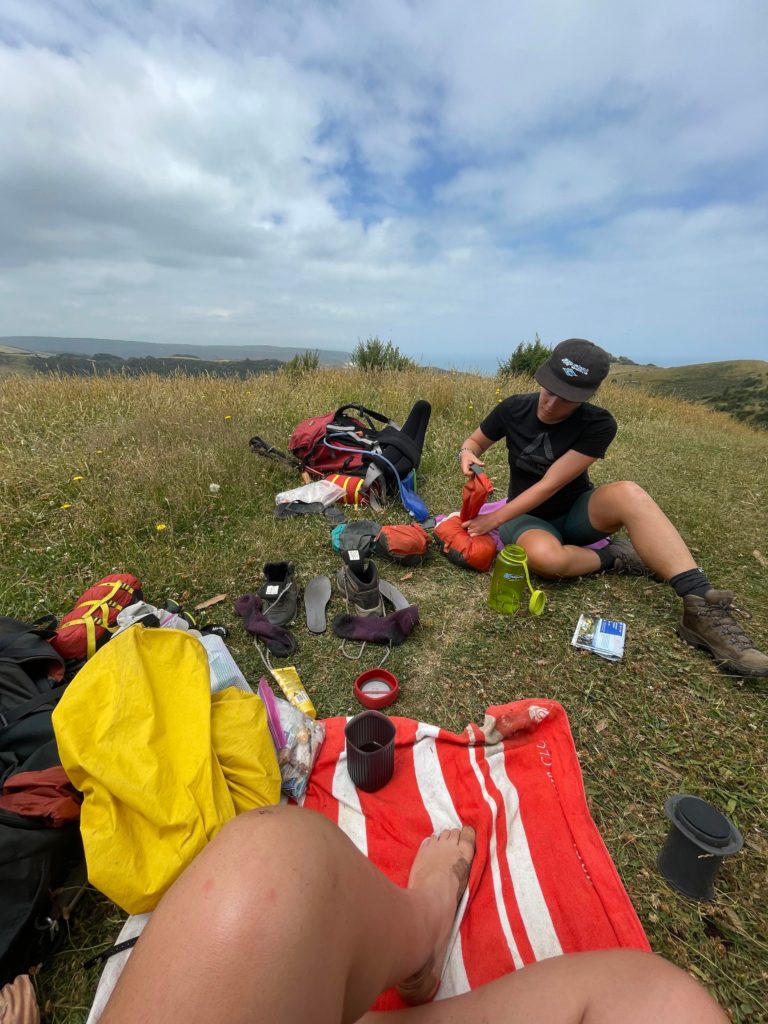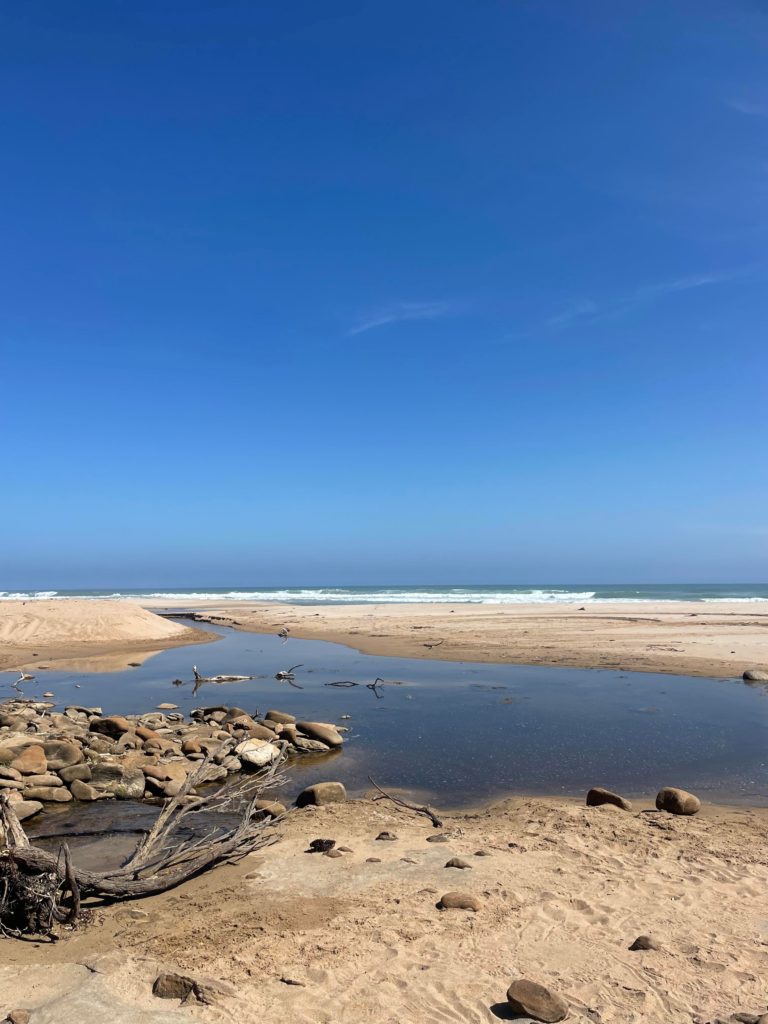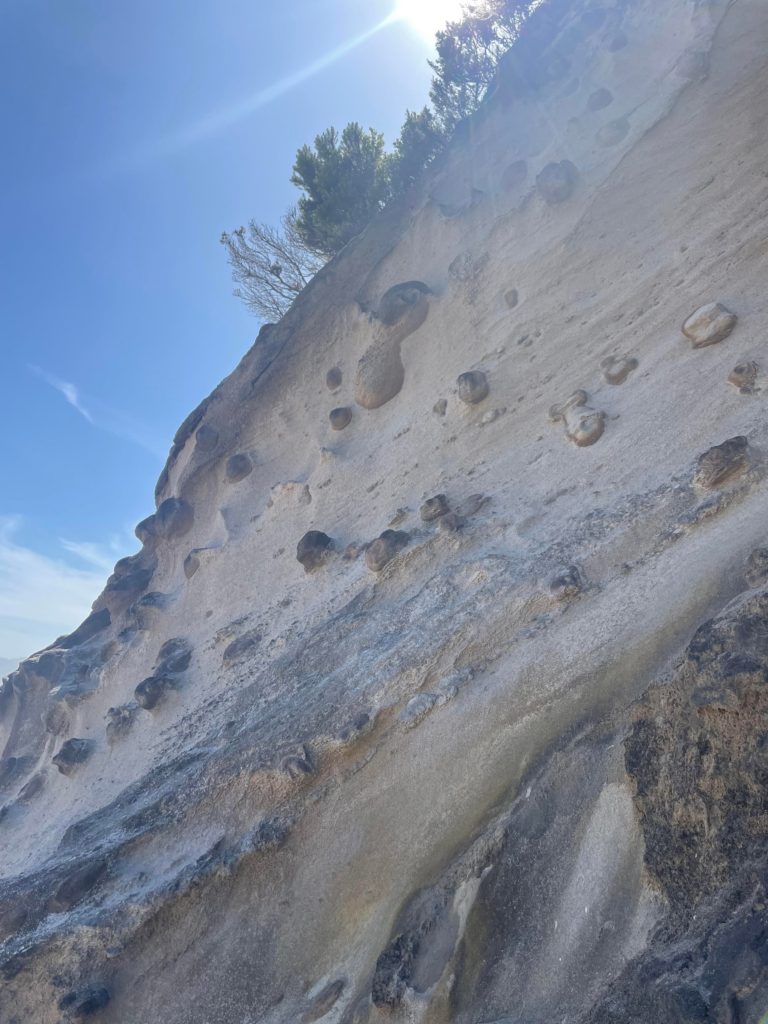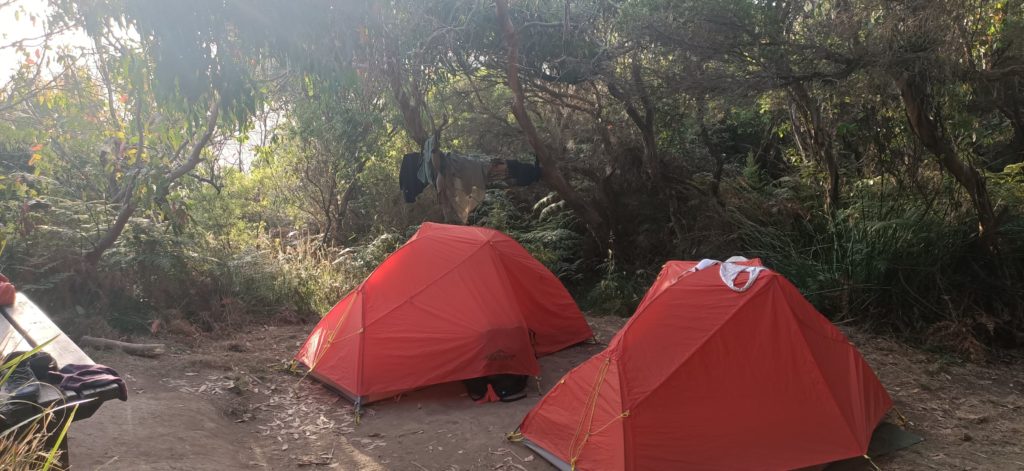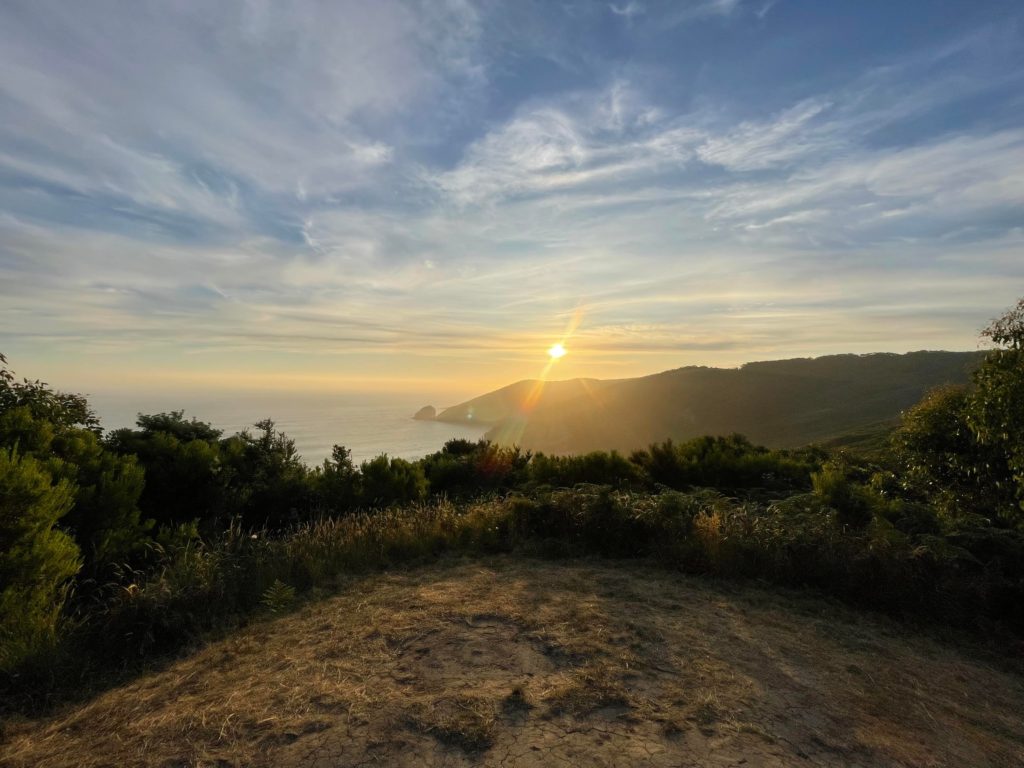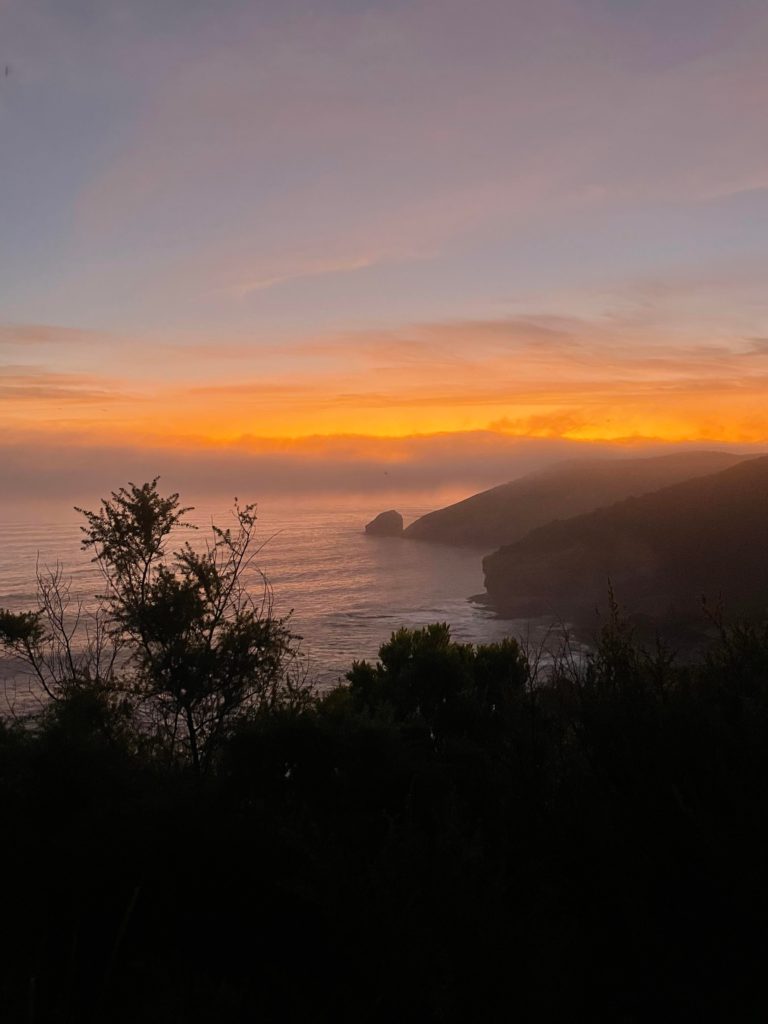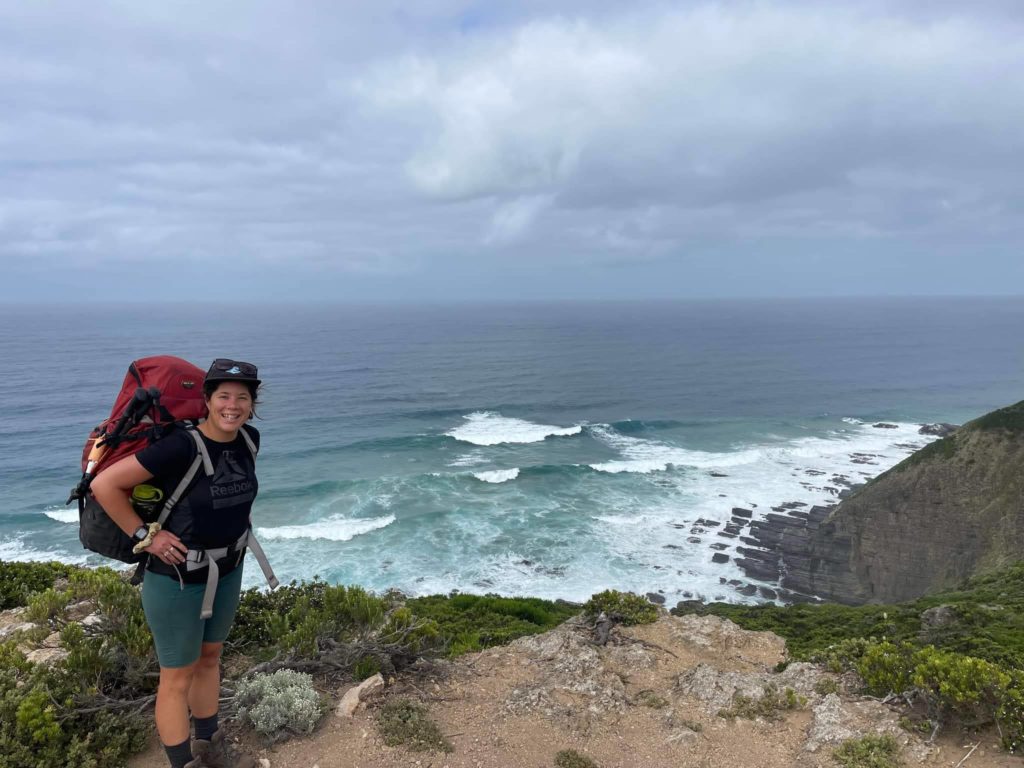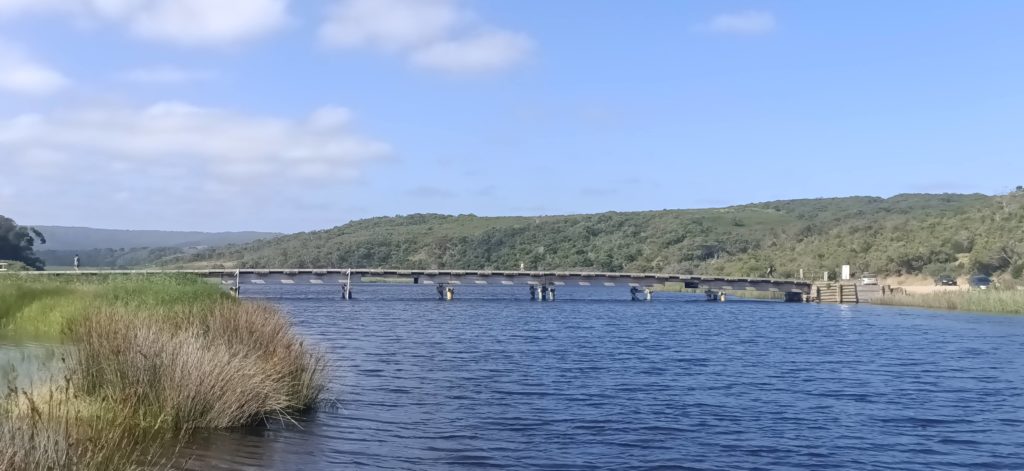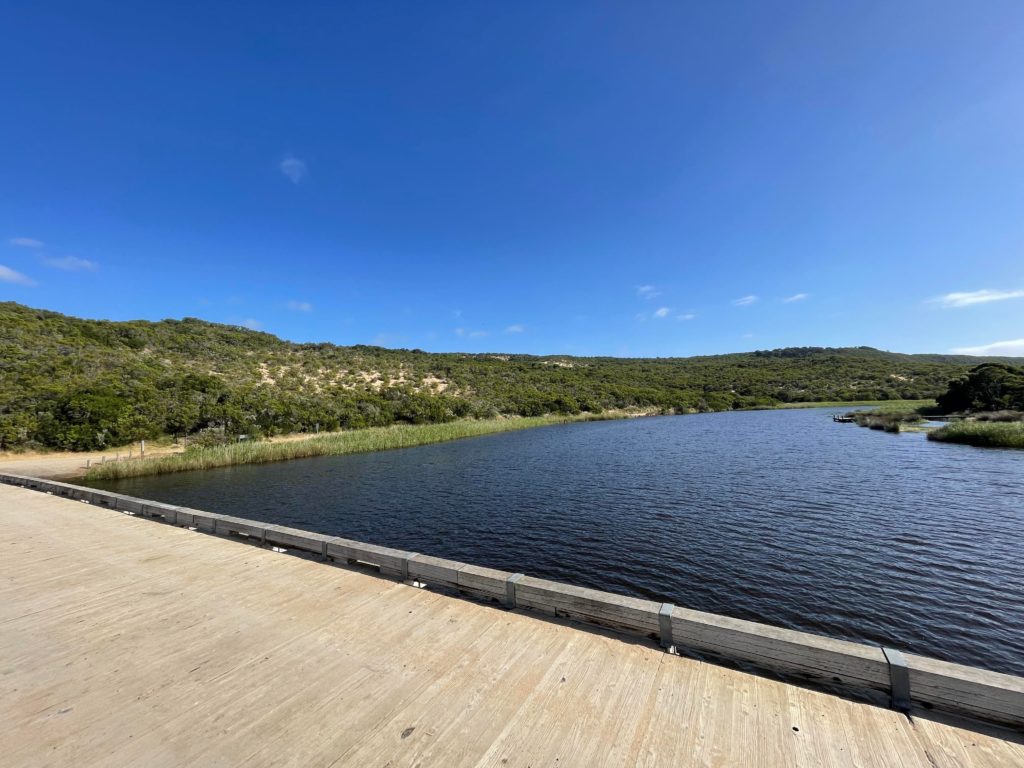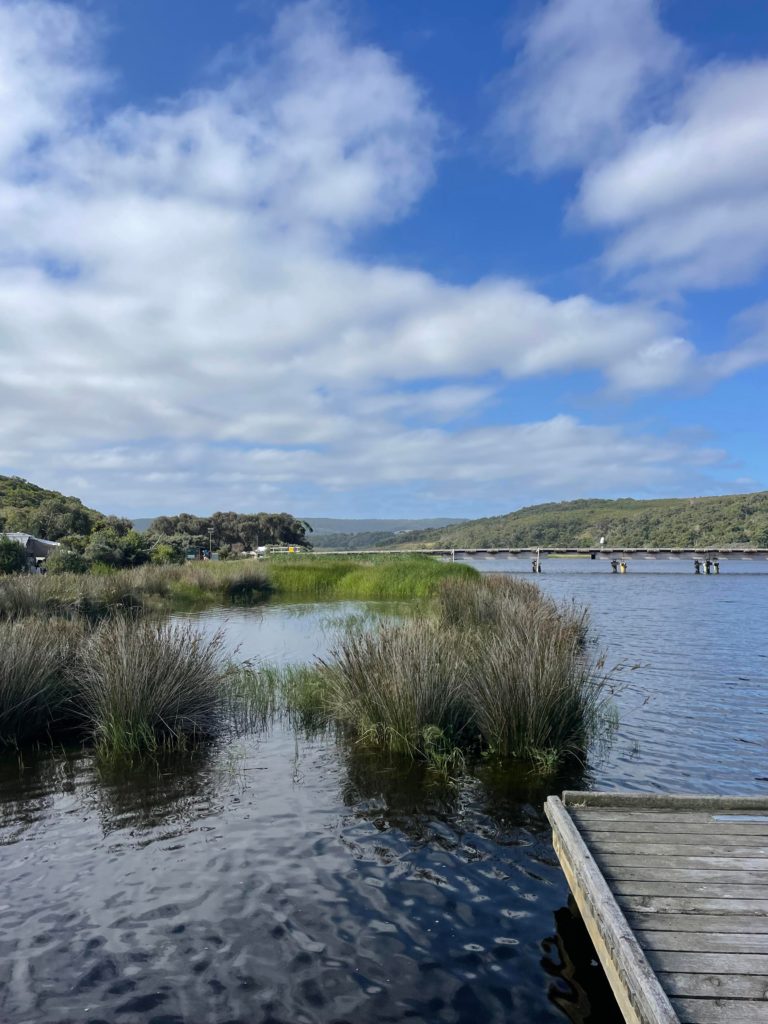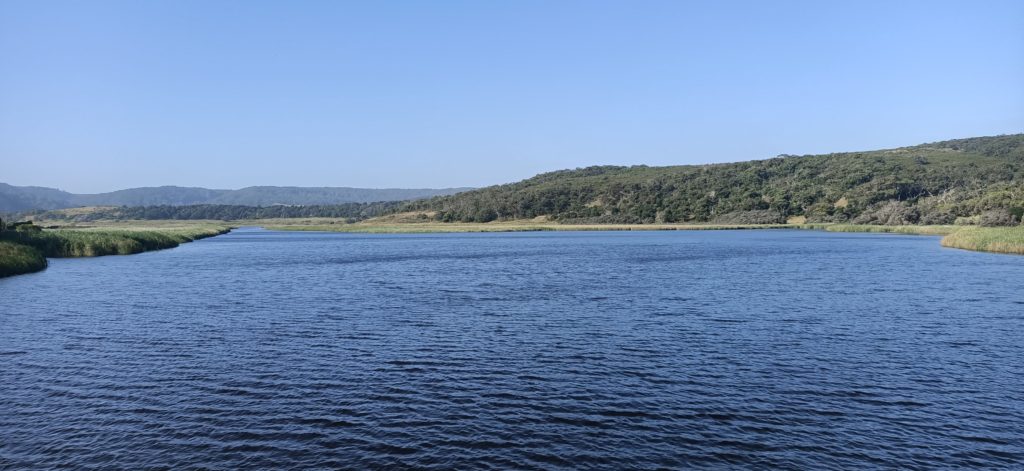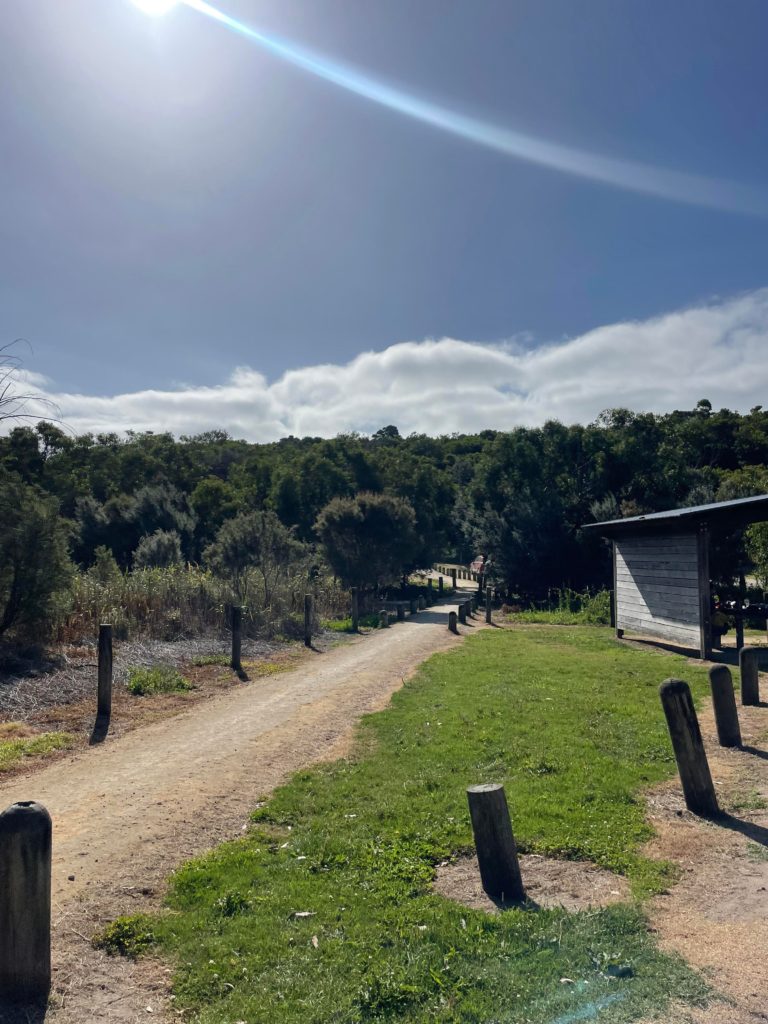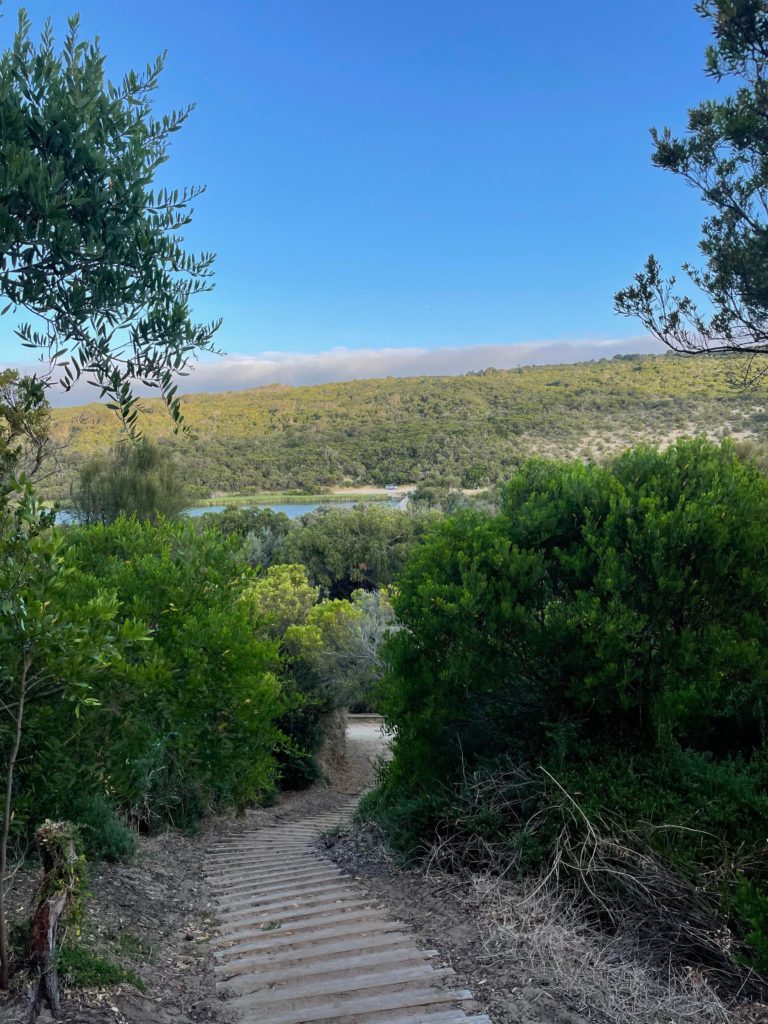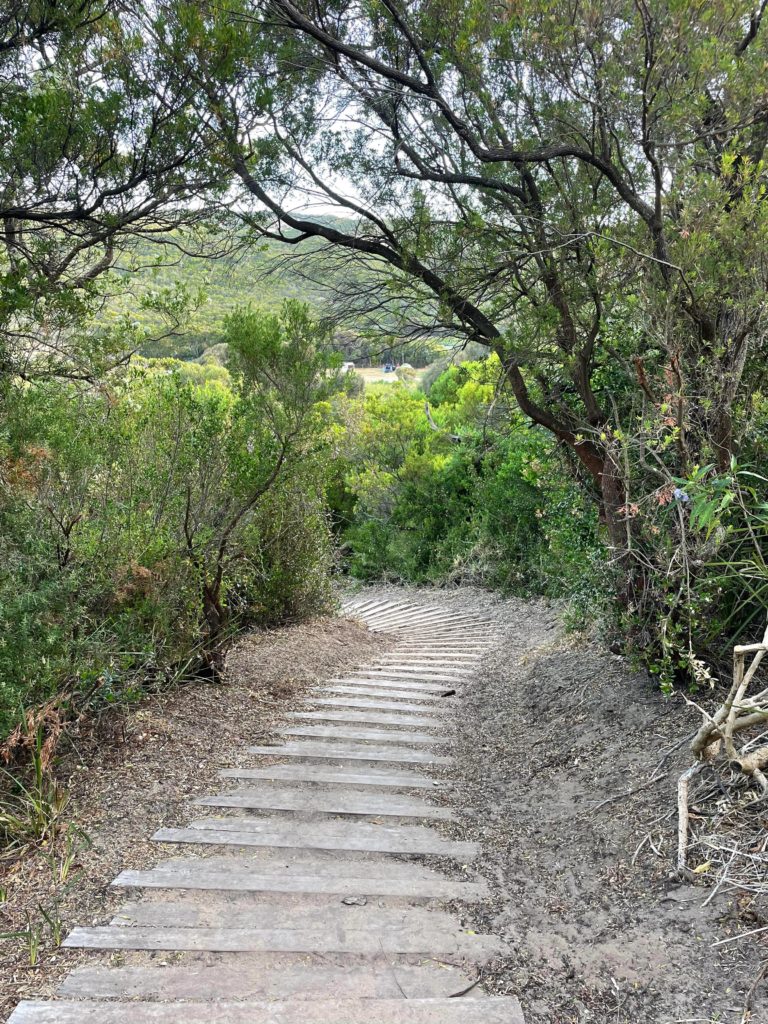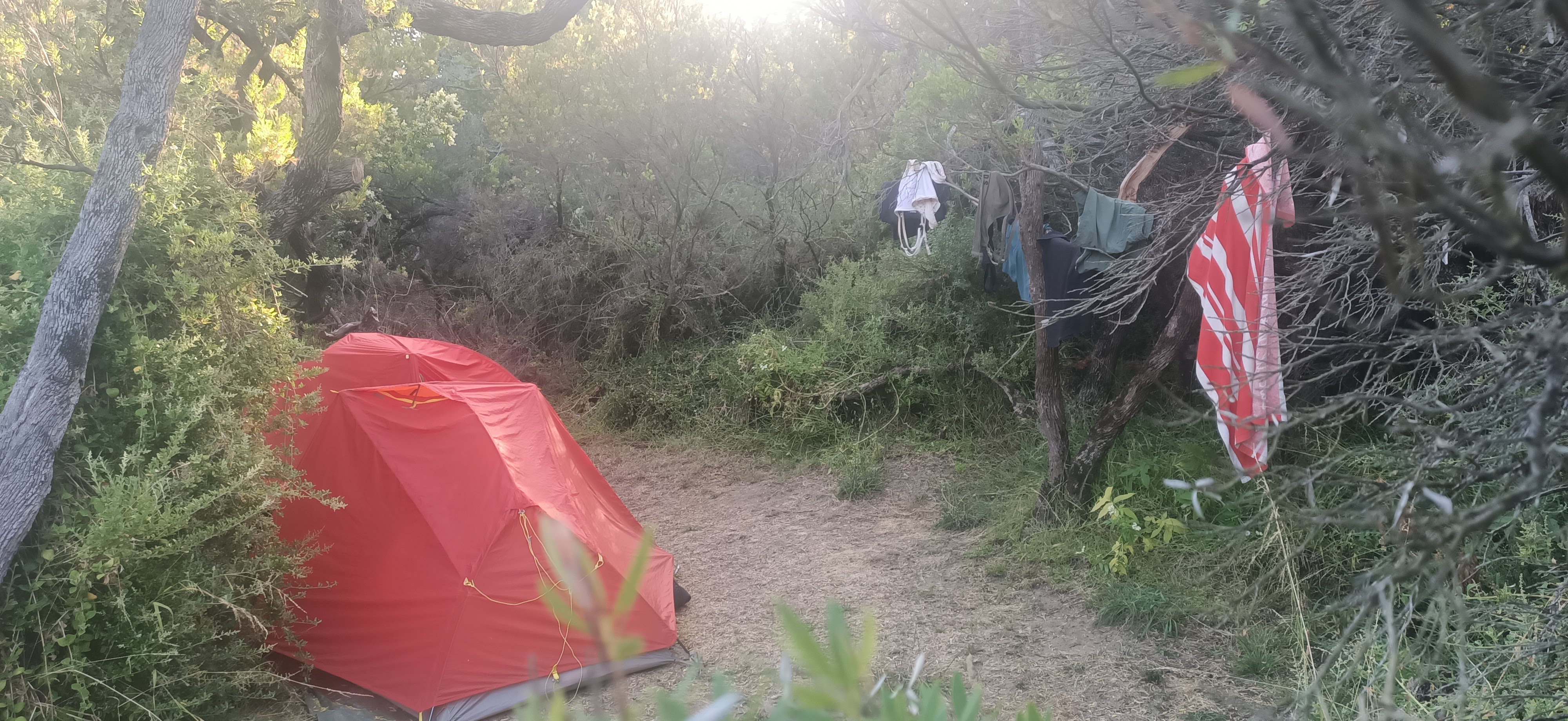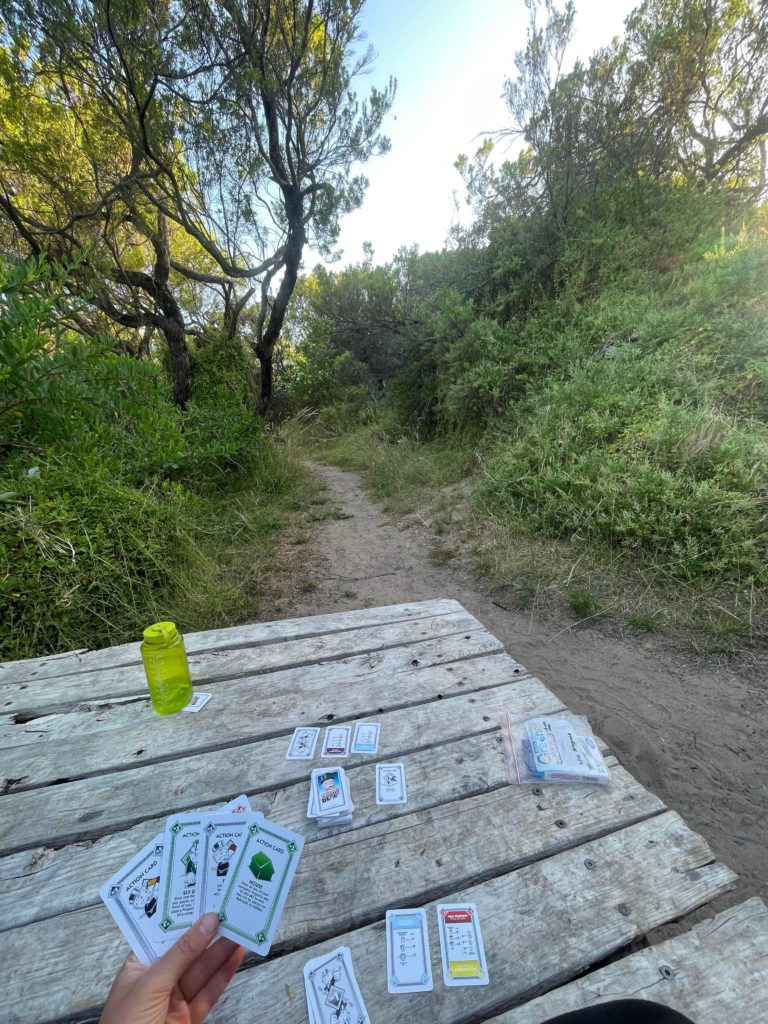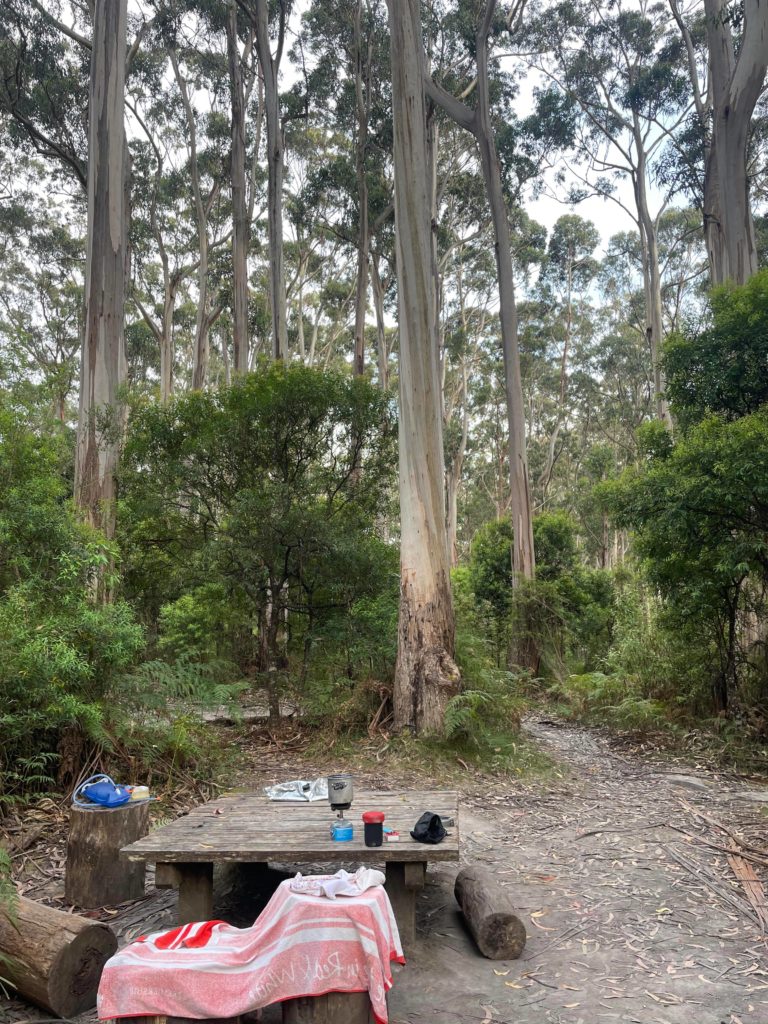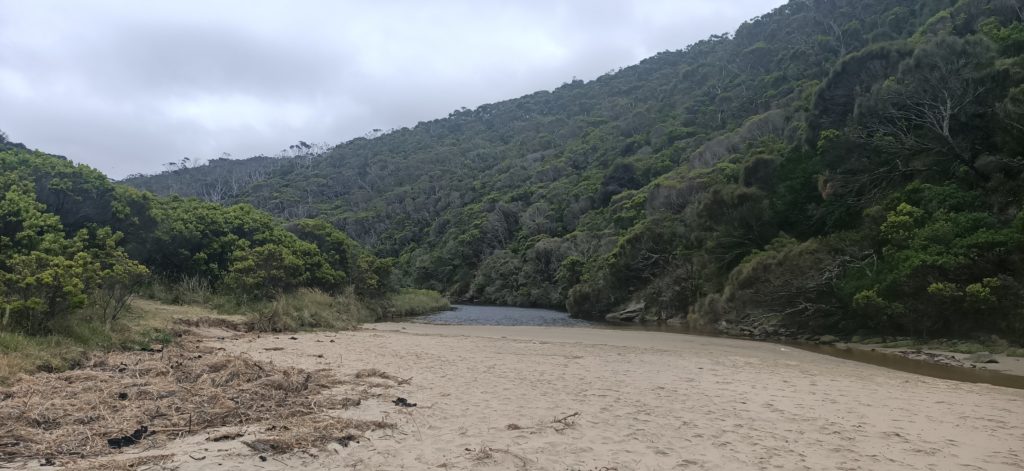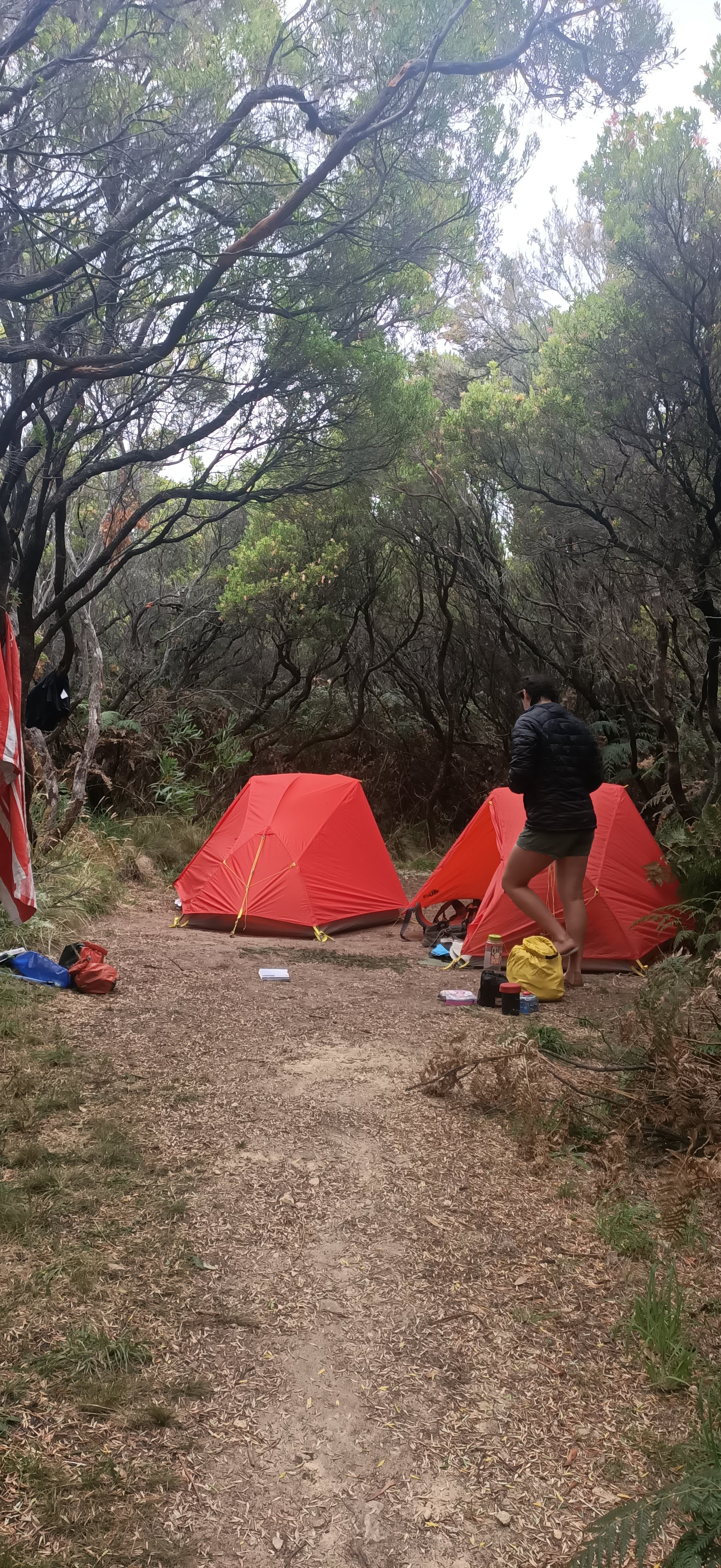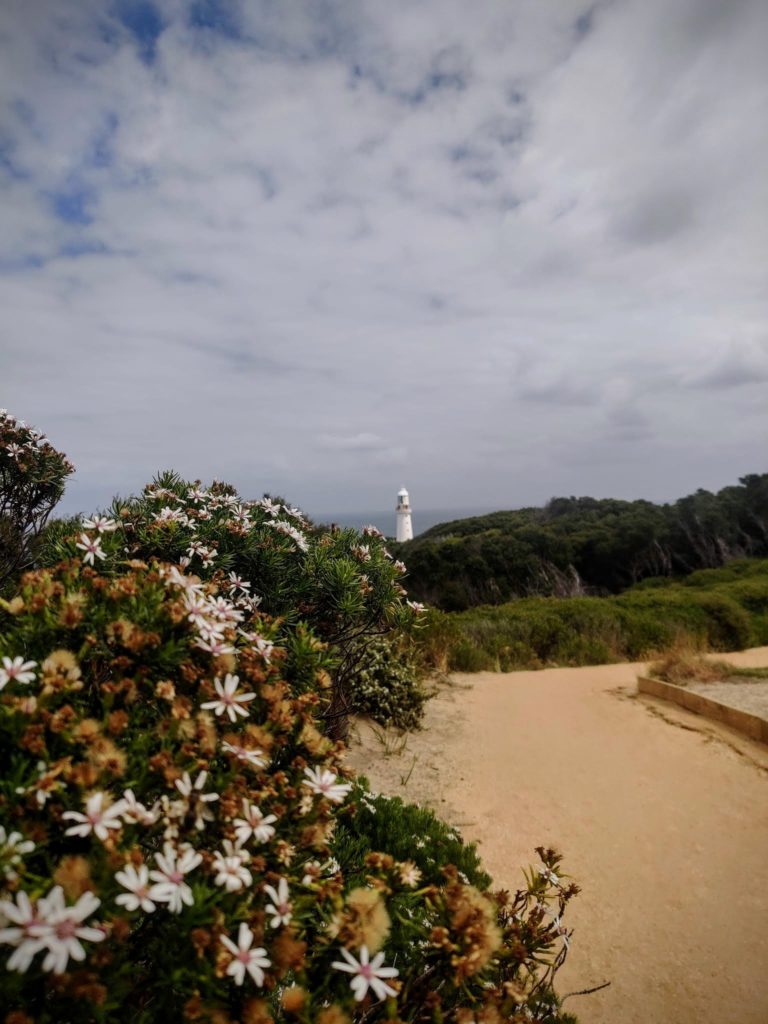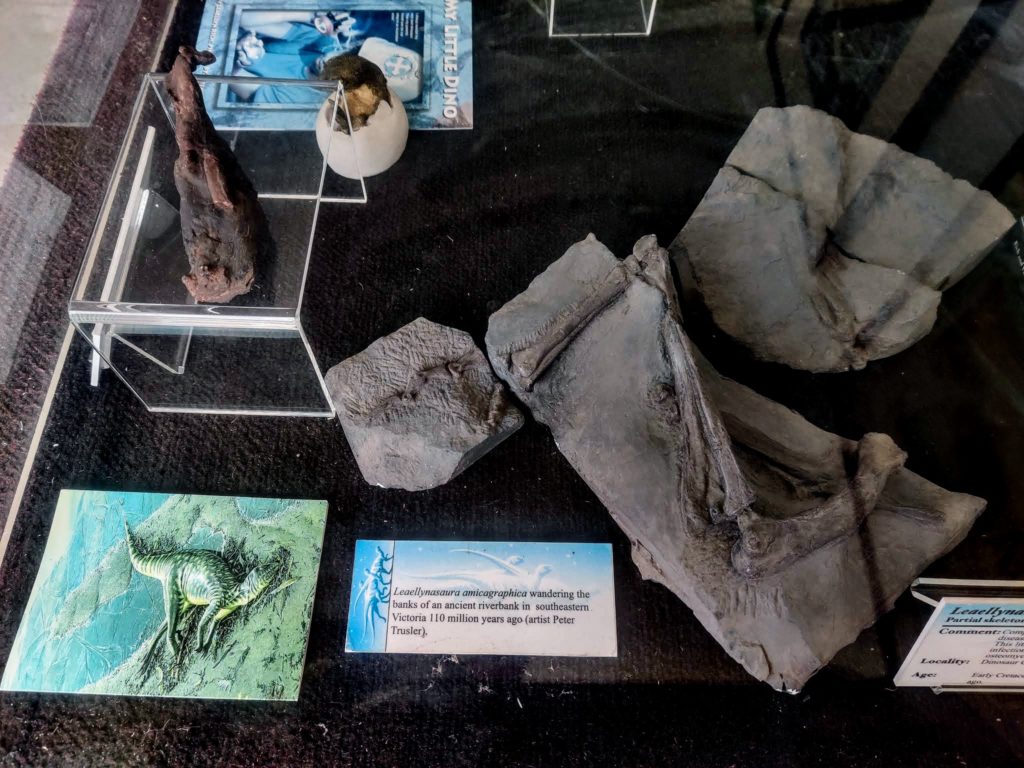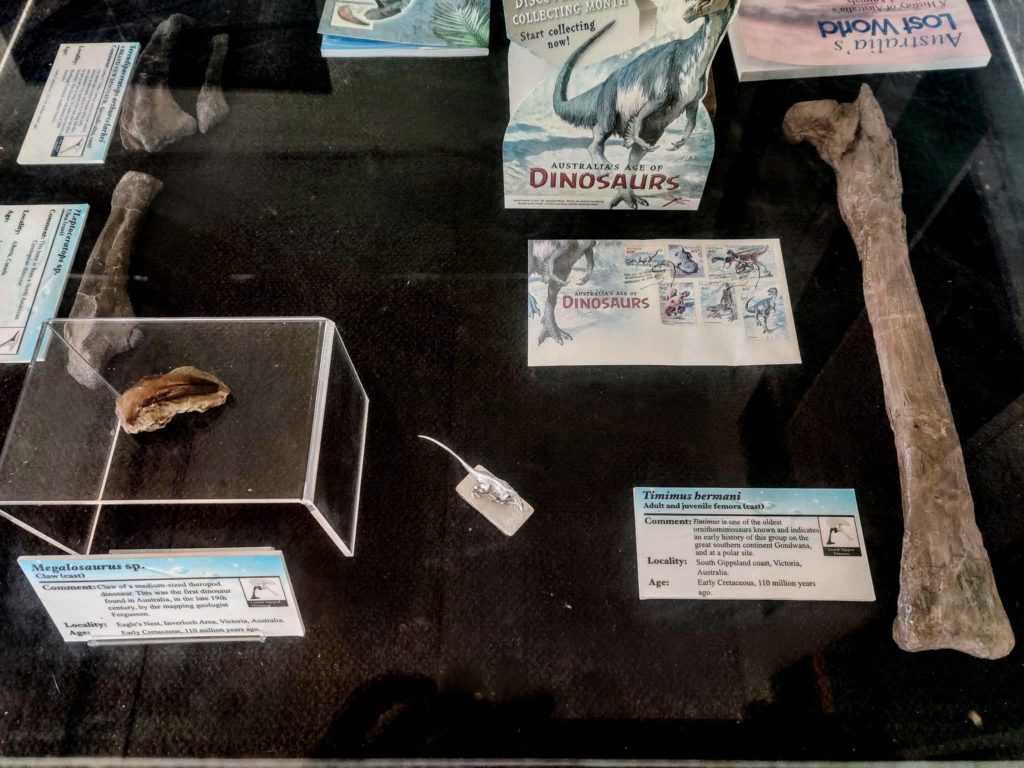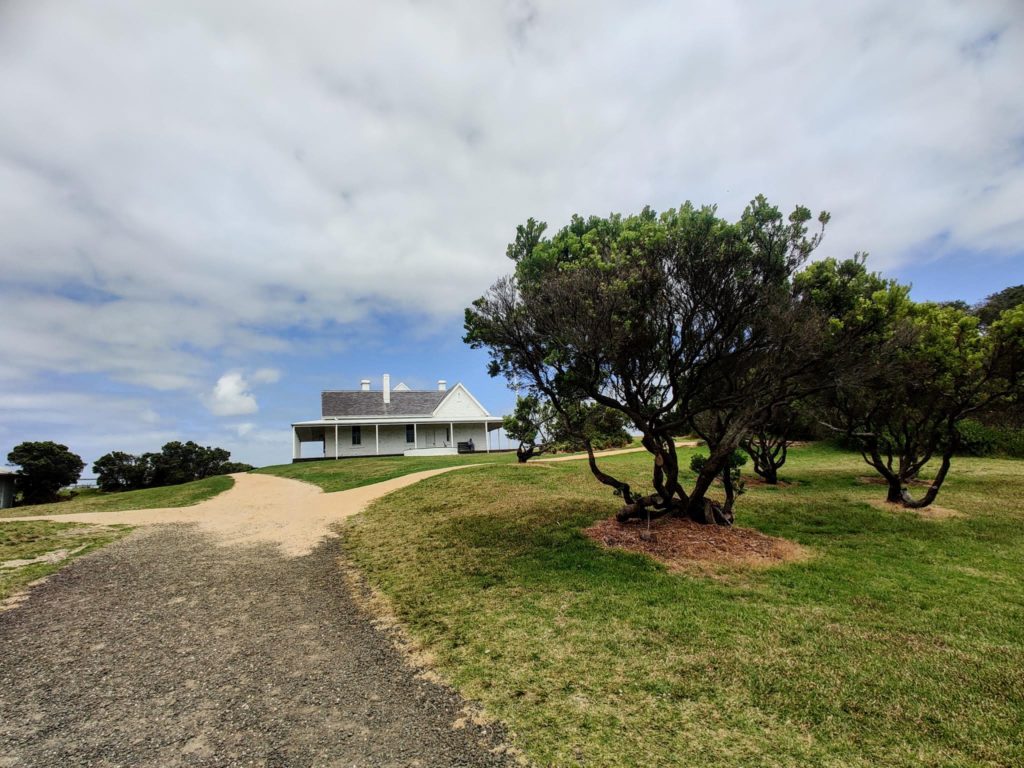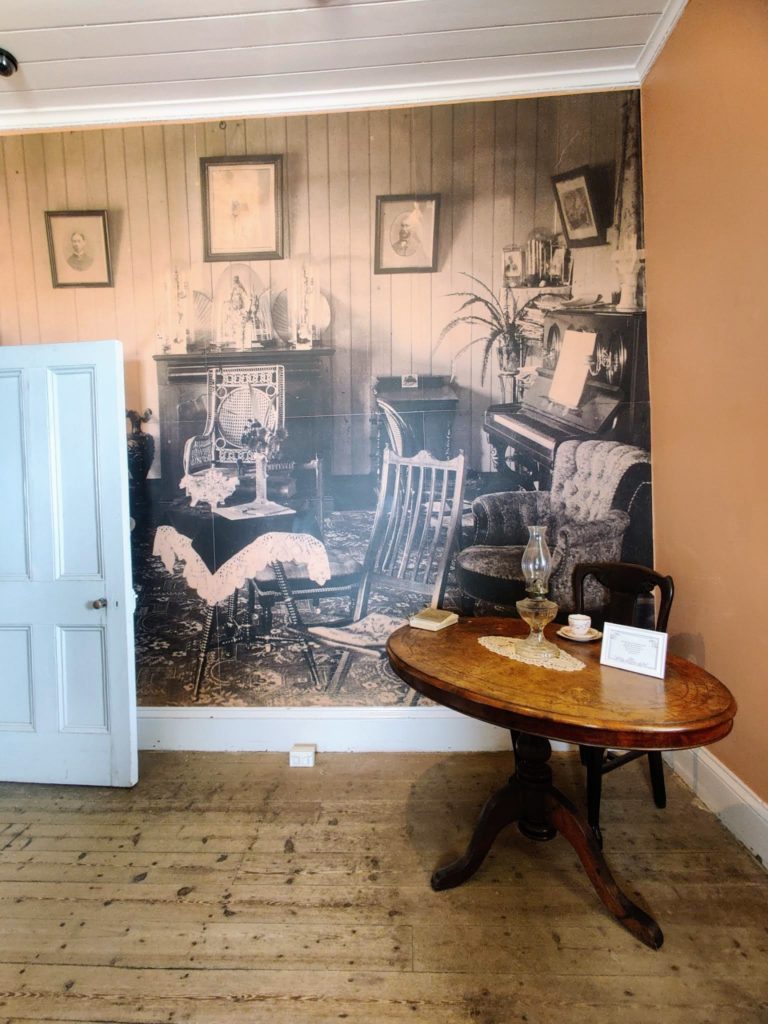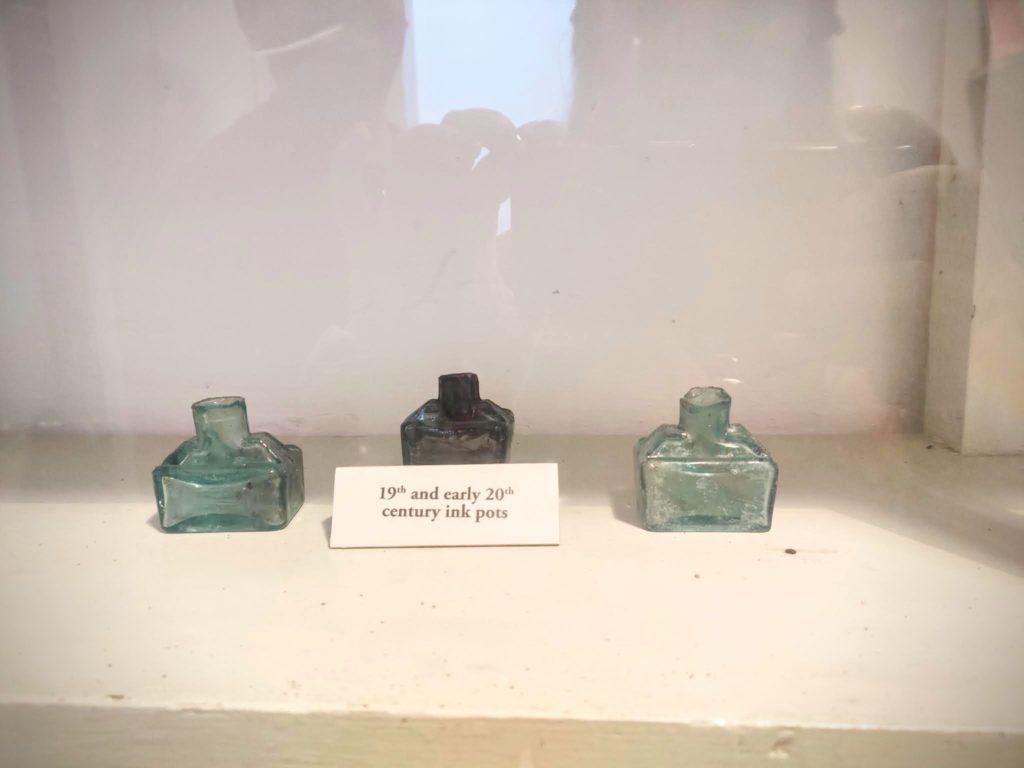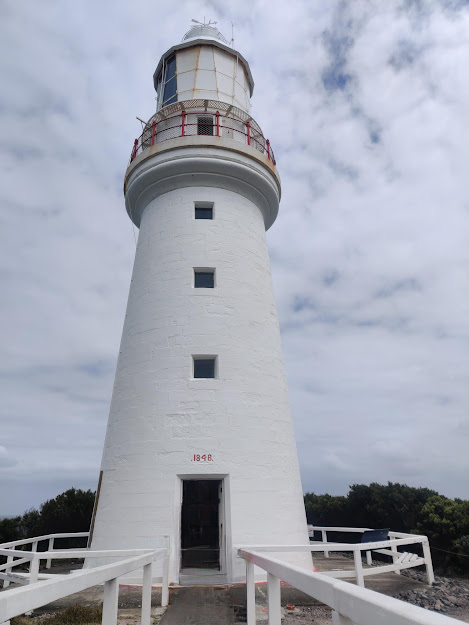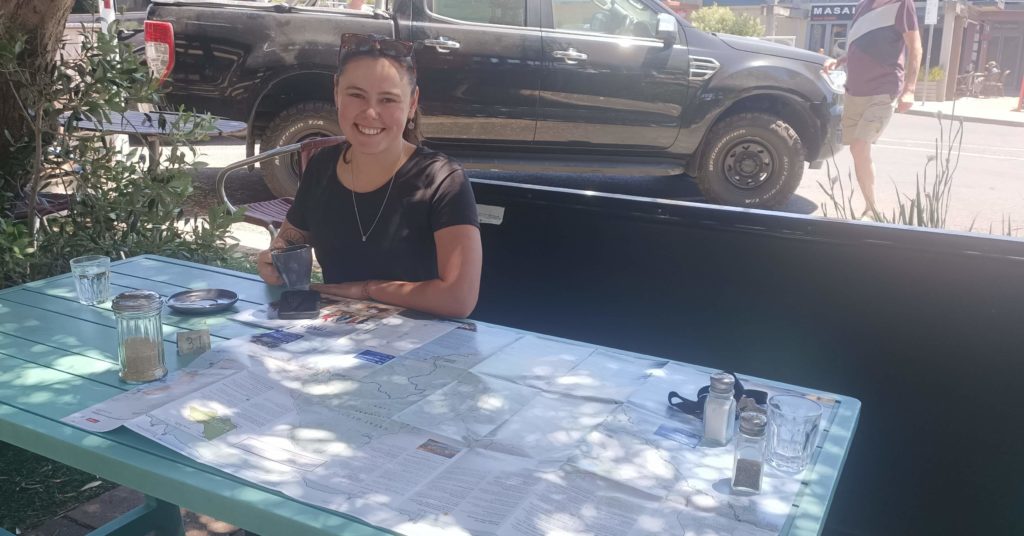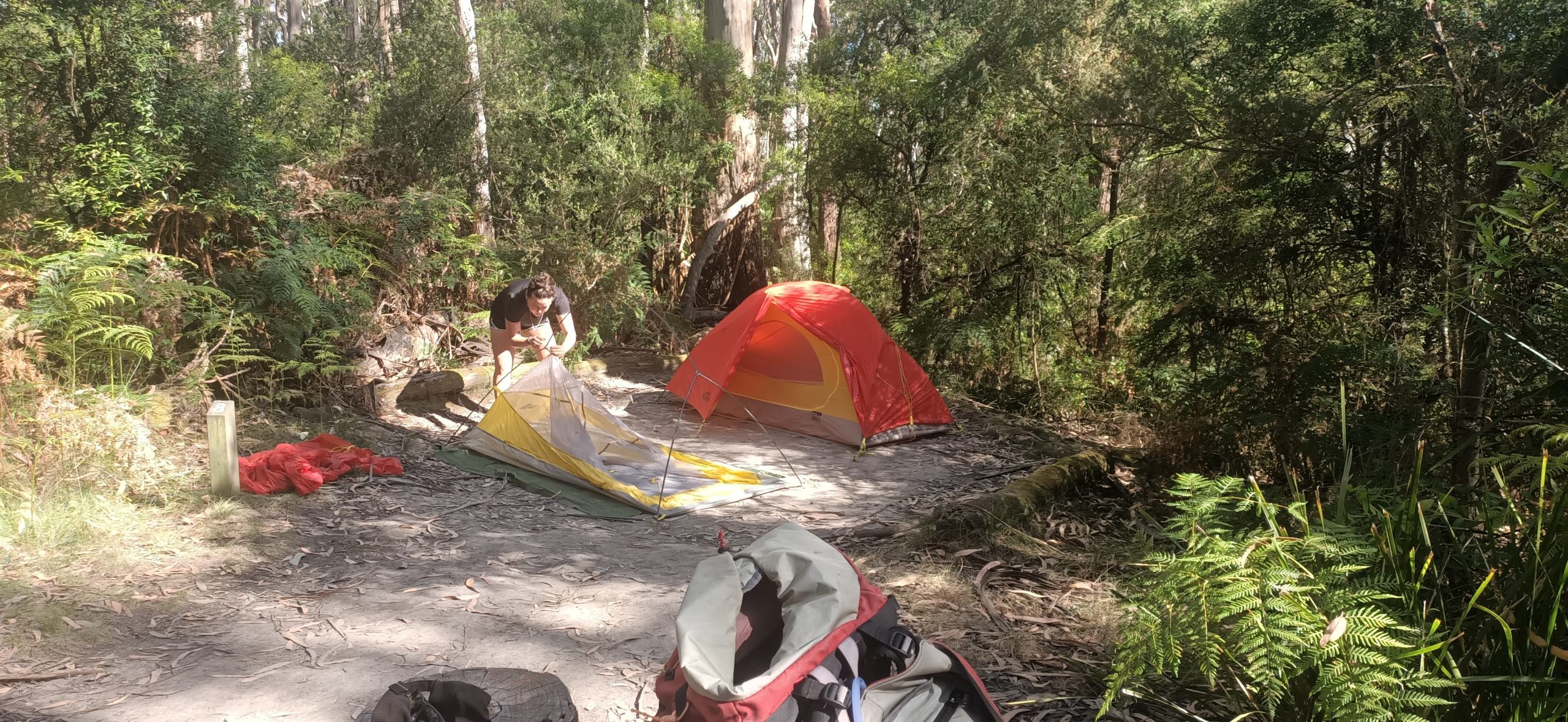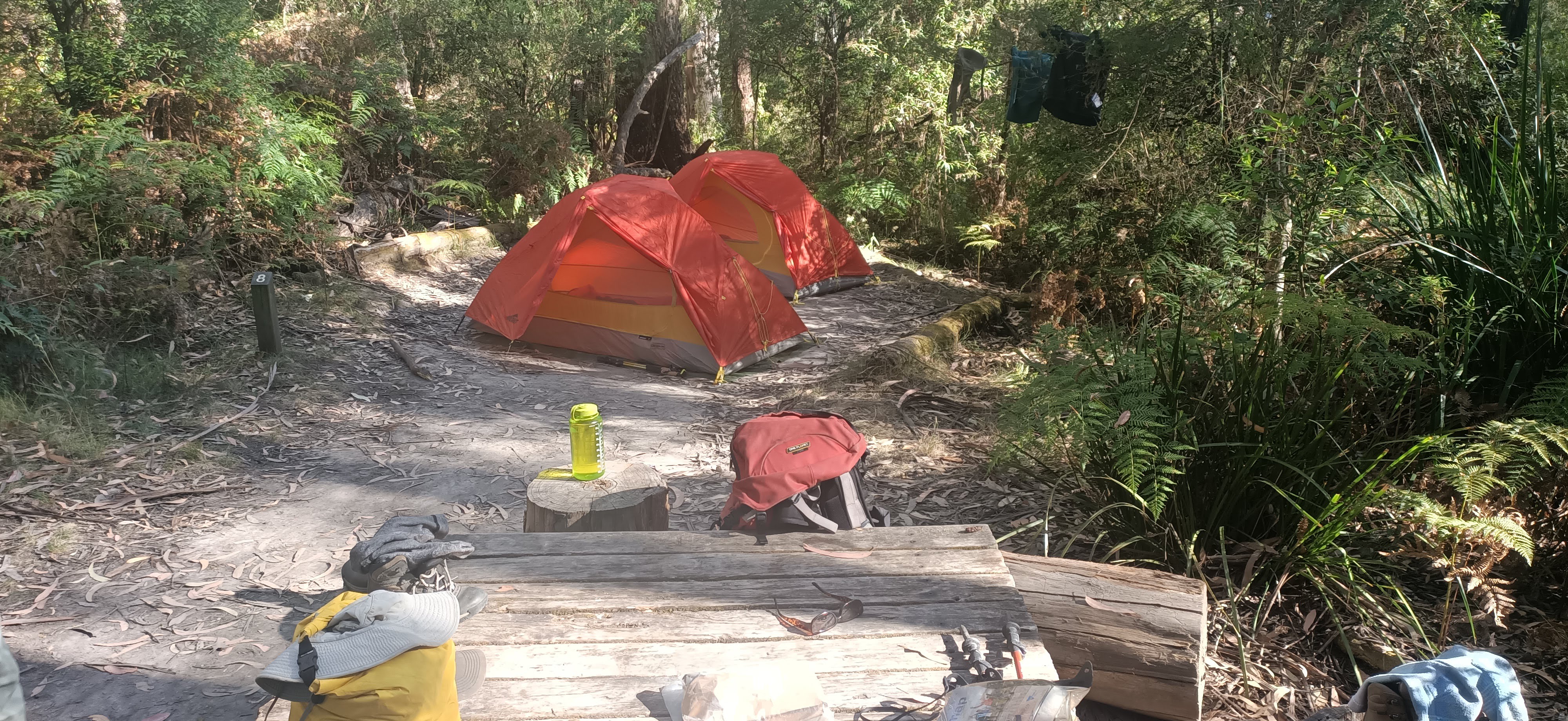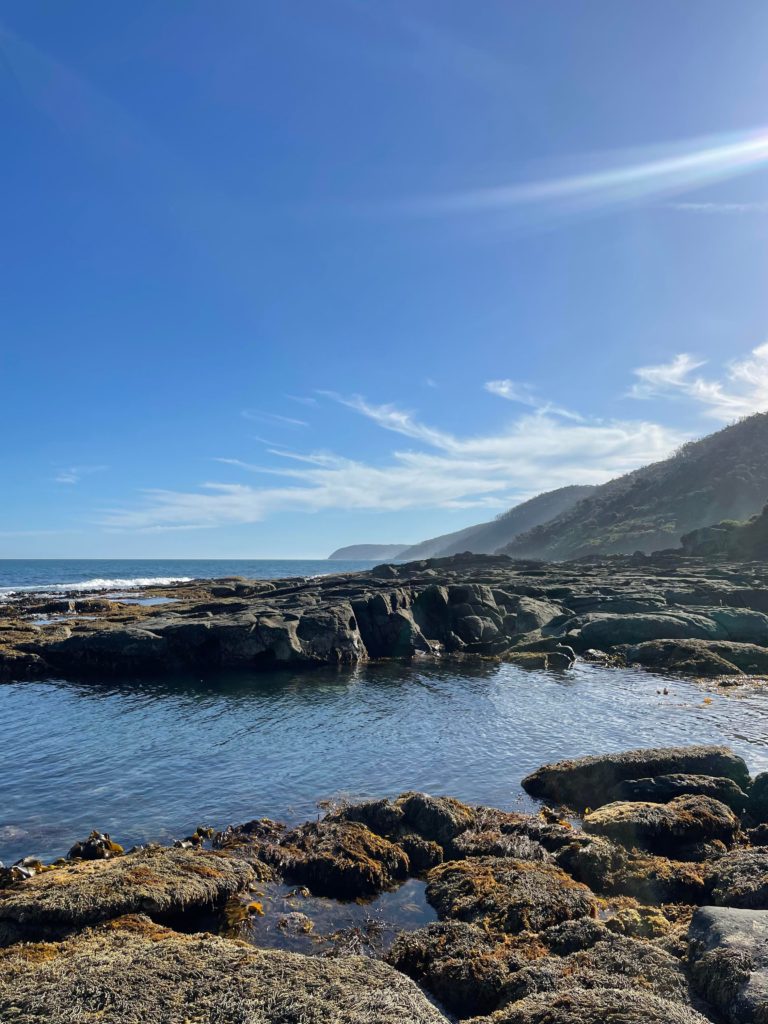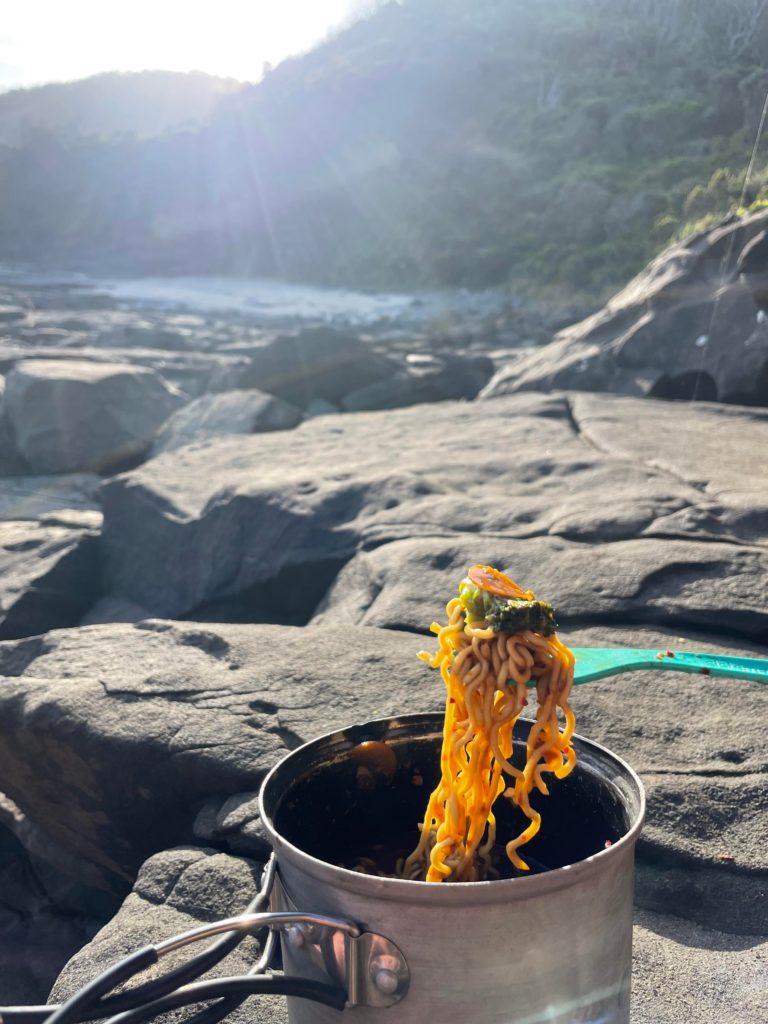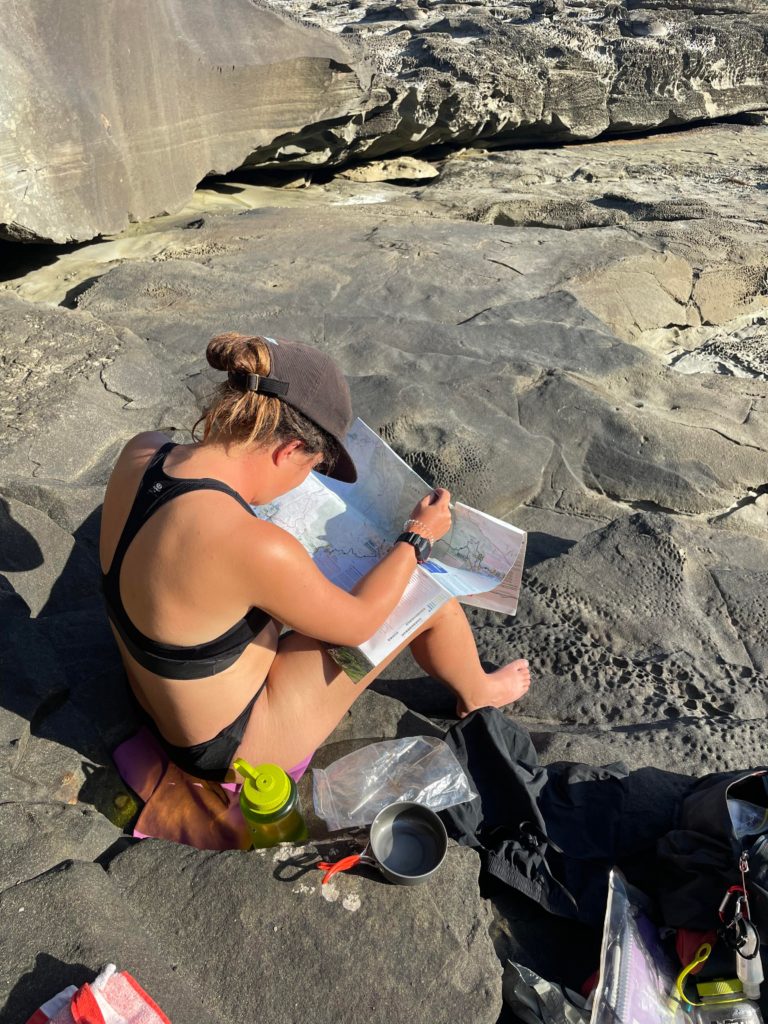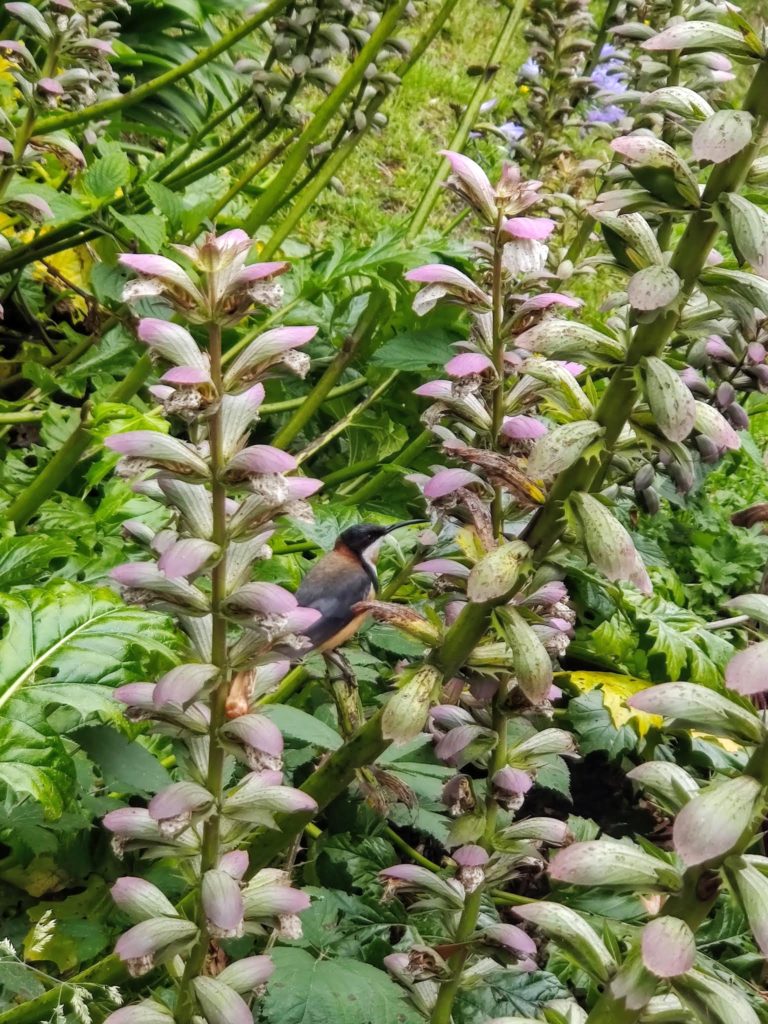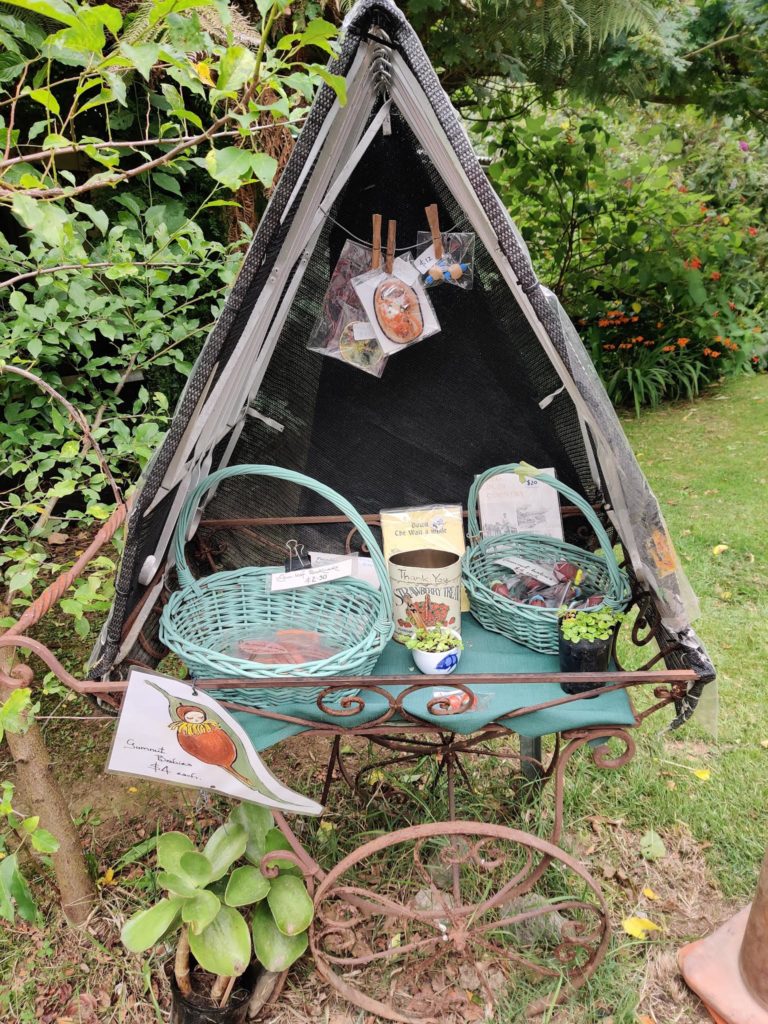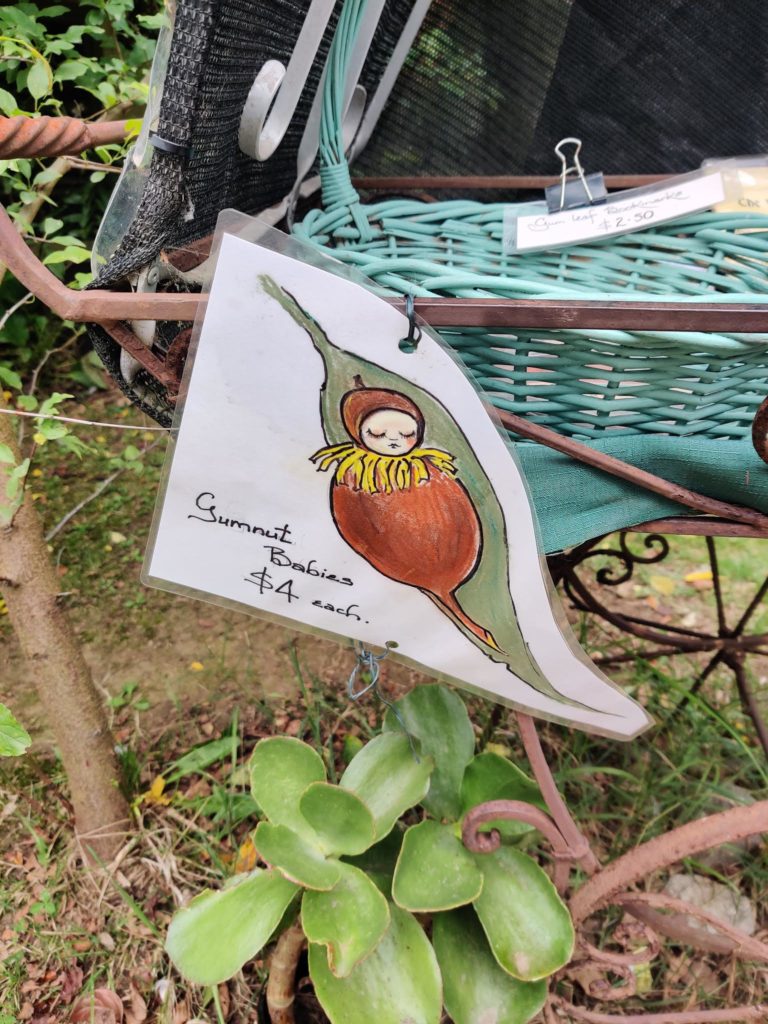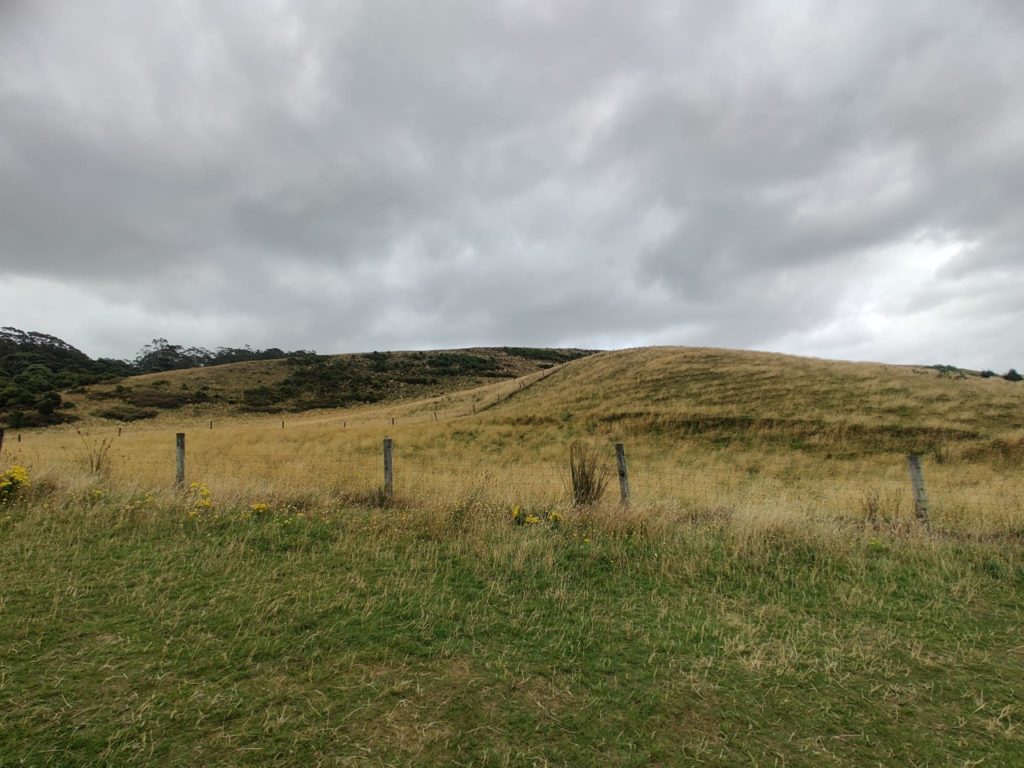I was soaked. My shorts and t-shirt so wet I was practically leaving a puddle behind me everywhere I went. It had been 38° in Perth the day before, and I had definitely not done my research or dressed for the occasion. Nevertheless, I had been sitting on a plane for the best part of the day, and needed to stretch my legs. It was 3pm by this time, so I had to pick somewhere reasonably close (to my Southbank accommodation), and where my unsuitable attire would not be a great hindrance. What better way to introduce myself to Victoria than by visiting the apparent counterpart to one of my favourite places in Perth – our Supreme Court Gardens.
So off I headed, through an unfamiliar city, guided only by Google Maps on my watch, through intermittent rain, fuelled entirely by the promise of beautiful scenery and a chance to relax.
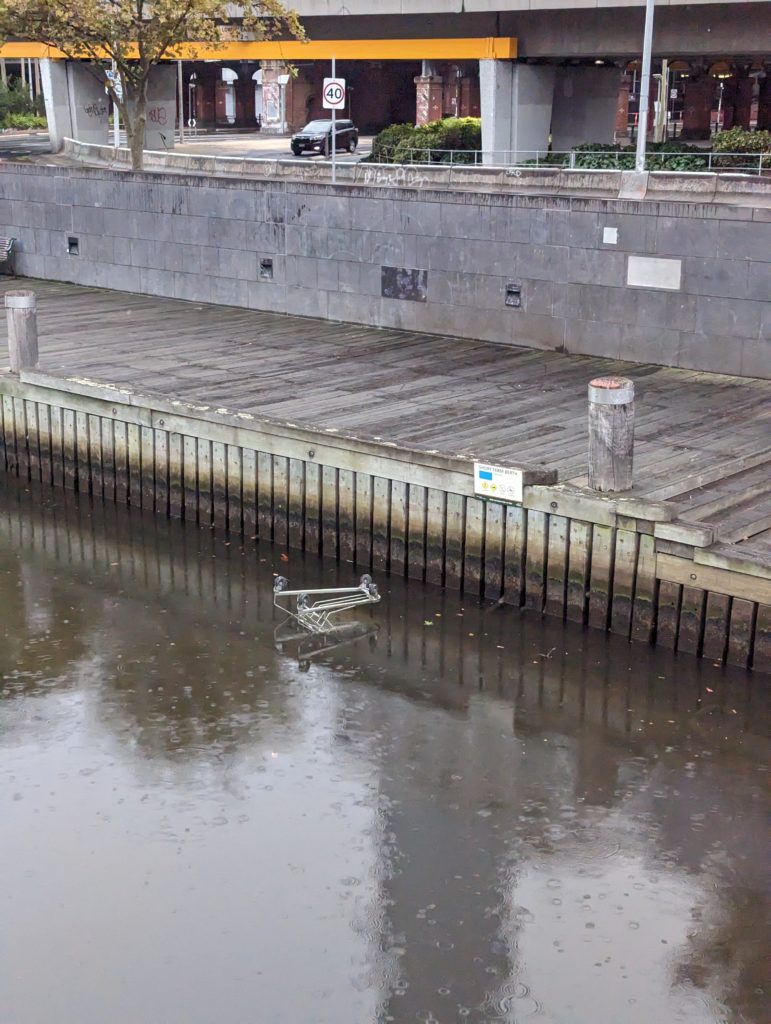
A miserable sight on a miserable day
After discovering you can’t ride or leave e-scooters anywhere near the gardens (tip – don’t just hop on a scooter and hope for the best! Plan your stop ahead of time, especially in a place you’re unfamiliar with) I was finally in. Luckily for me, the rain had appeared to stop for the foreseeable future, allowing me some much needed time to relax and take in the scenery without worrying too much about the weather. This much needed respite could not have come at a better time.

I appeared to have the gardens to myself, and boy did I need it
It may be important to note here that I did not do any research about the gardens before my visit. I knew it was somewhere I wanted to visit, but other than that I was going in completely blind. Did I have any hopes? Did I have any expectations? I was hoping to see something I could not see at home, flora or fauna, and I was not disappointed.
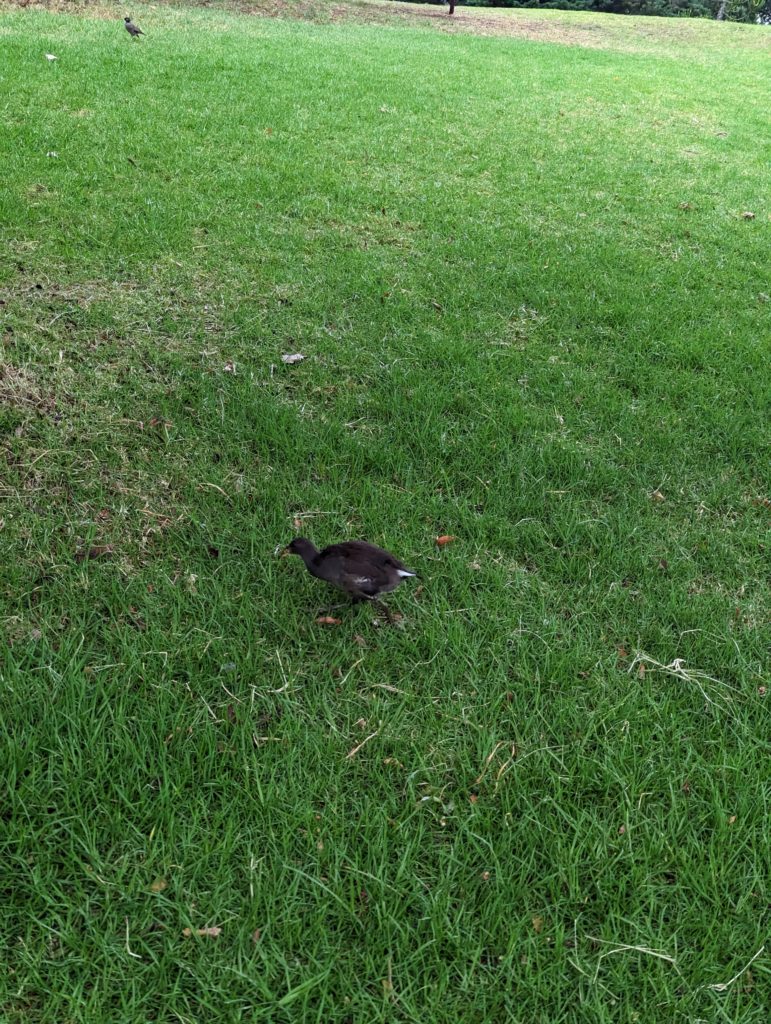
Plenty of birds we don’t have in W.A.
After about 20 minutes of wandering I honestly didn’t know if I was going in circles or not. But I didn’t care, I was having a wonderful time just taking in the atmosphere and enjoying the opportunity to relax and escape the hustle and bustle of the city.
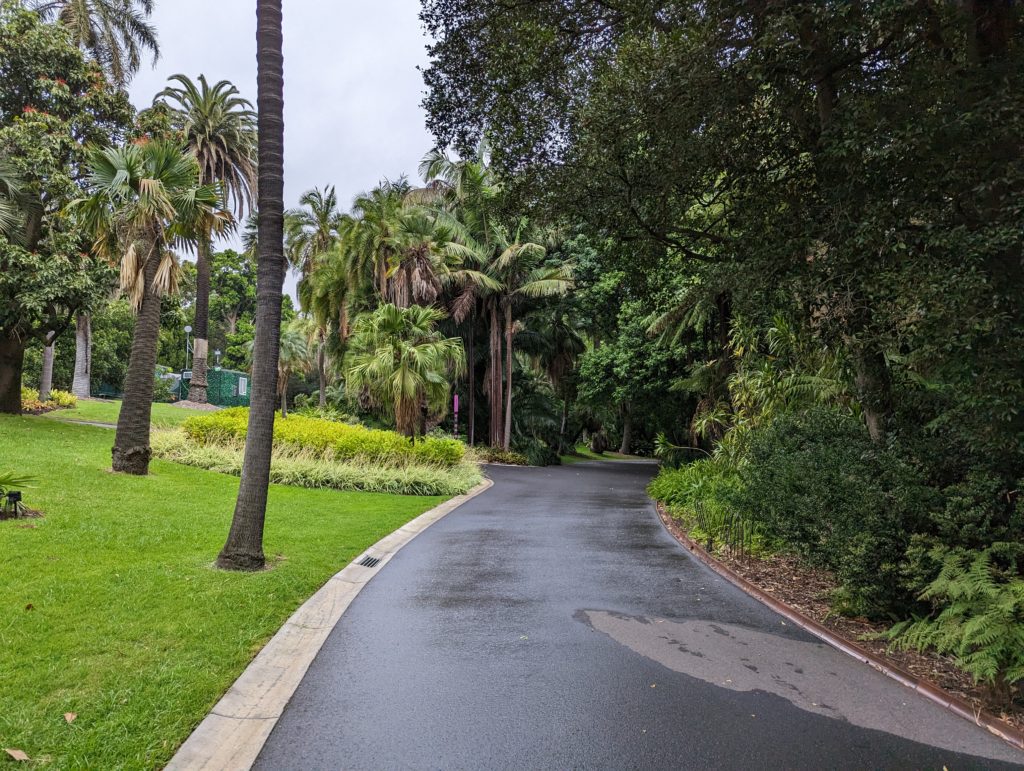
Had I been here before? More importantly, did it matter?
At some point during my walk, I had set myself a goal: to find a nook or cranny, off the beaten path, which I could temporarily claim as my own, and imagine I was the first human to ever set foot in that particular spot. Unfortunately, my efforts fell flat, due in part to a lack of time (the gates were closing soon, and I wasn’t about to risk climbing the fence in the rain with those huge spikes on top).

This was alluring, but the plaque inside told me that I was not the first
It was time for me to quickly find one more path to go down, then scramble out and find something for dinner. It didn’t take long for me to find somewhere that looked interesting, and I started feeling sentimental as not only would this be my last look at Melbourne’s Royal Botanic Gardens, but it also effectively marked the end of my first day ever in Victoria.
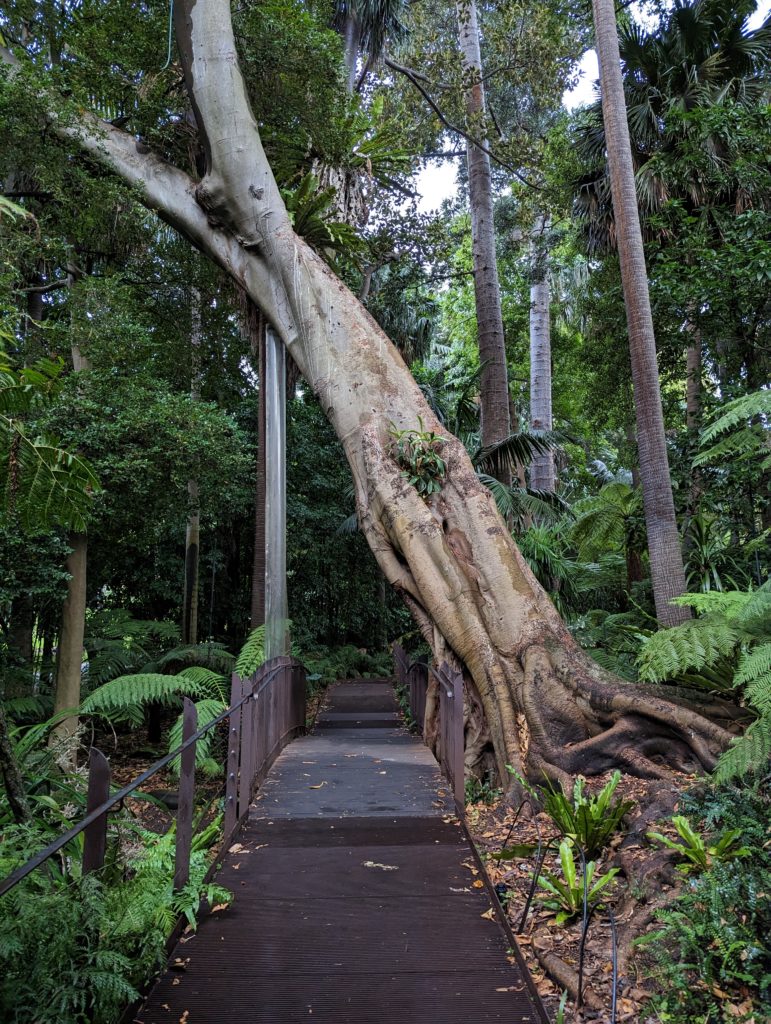
I have a soft spot for bridges, and this one was calling my name
Just like that, as quickly as I came in, it was time for me to leave. I was satisfied that I had seen most of what there was to see, but I thought I ought to check the map on my way out, to confirm this. Wait, what’s that? An observatory? Guilfoyle’s Volcano? You win this round, RBG. But I’ll be back…
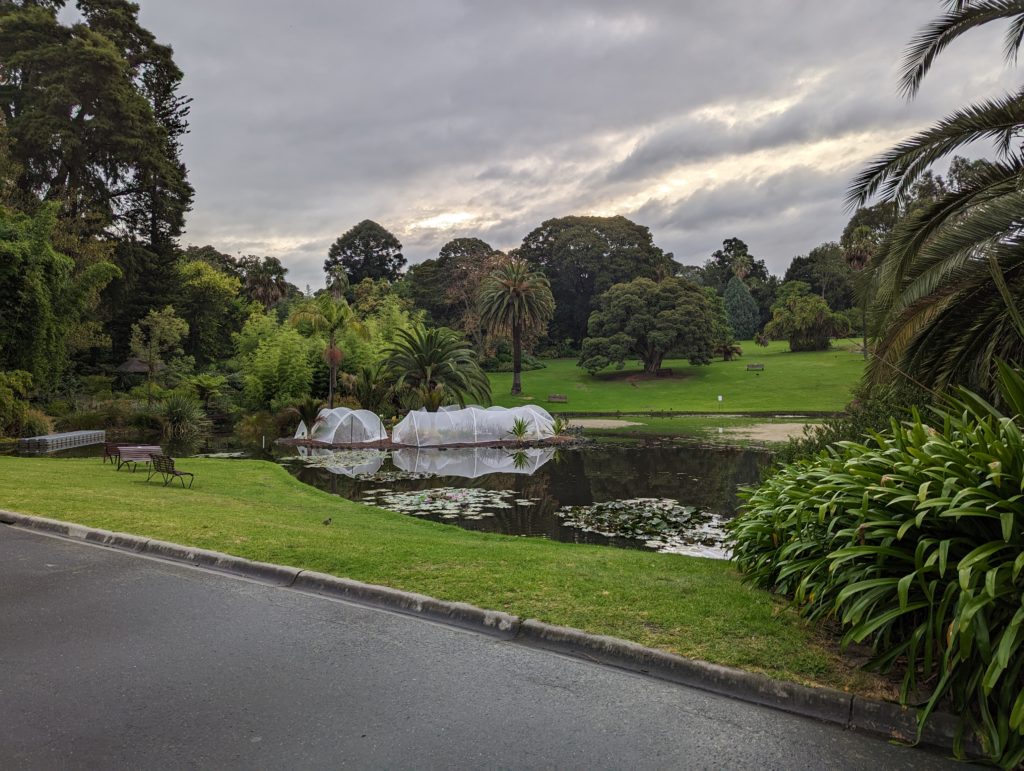
Goodbye, Royal Botanical Gardens of Victoria. I’ll be back soon, and next time I’ll make sure I don’t miss a thing


